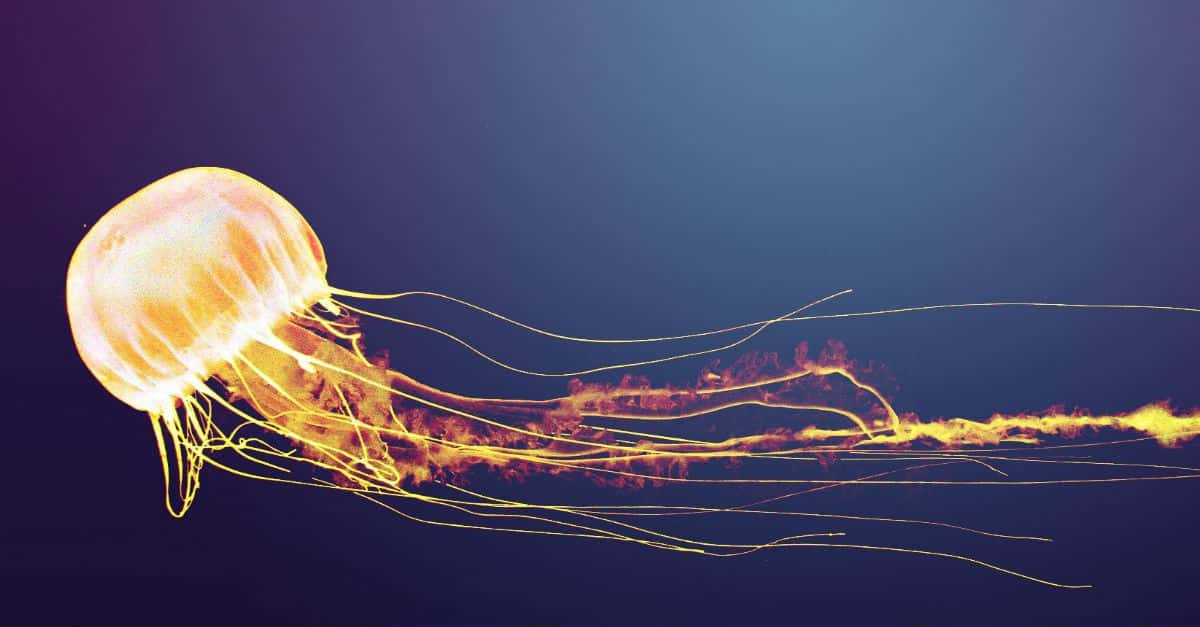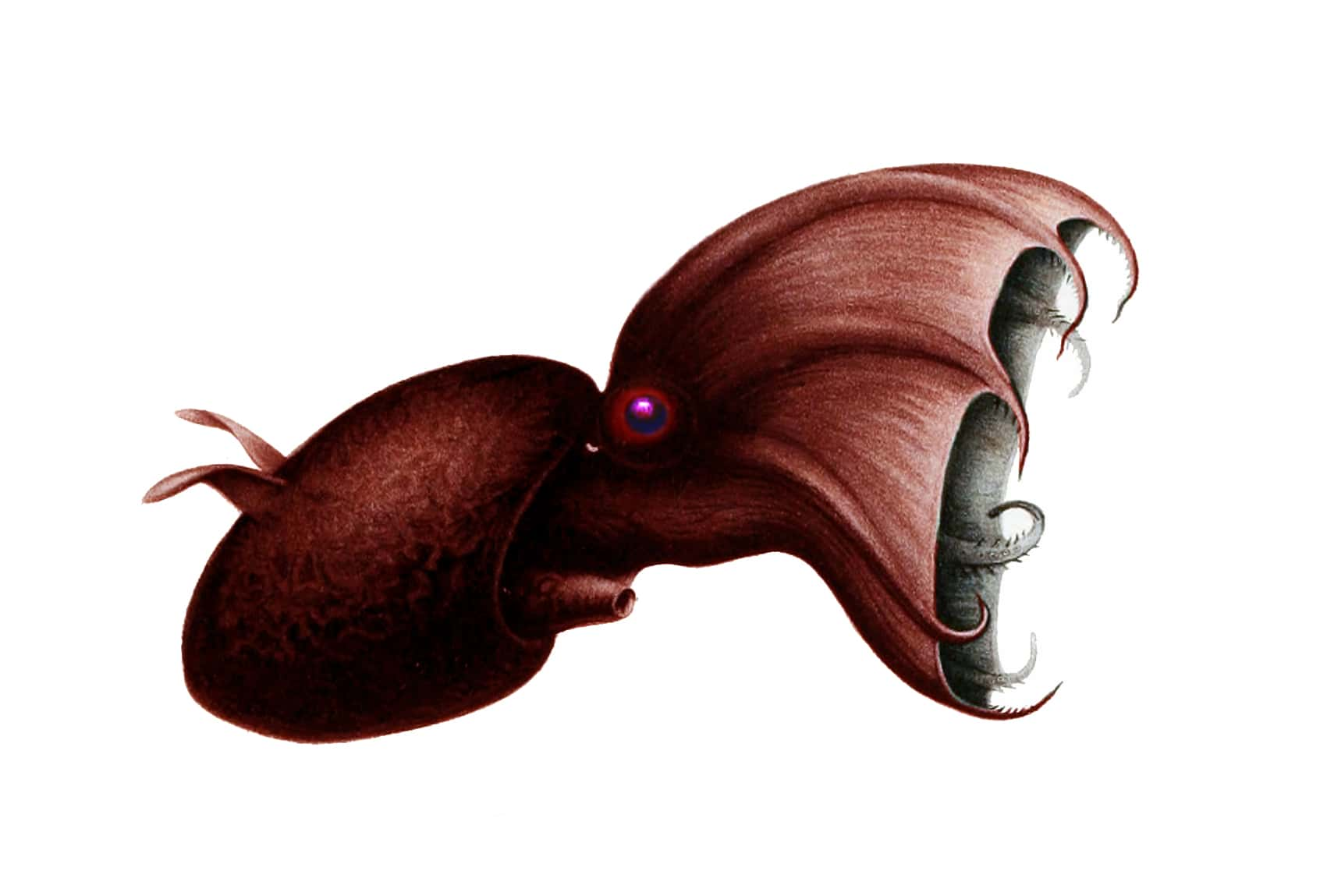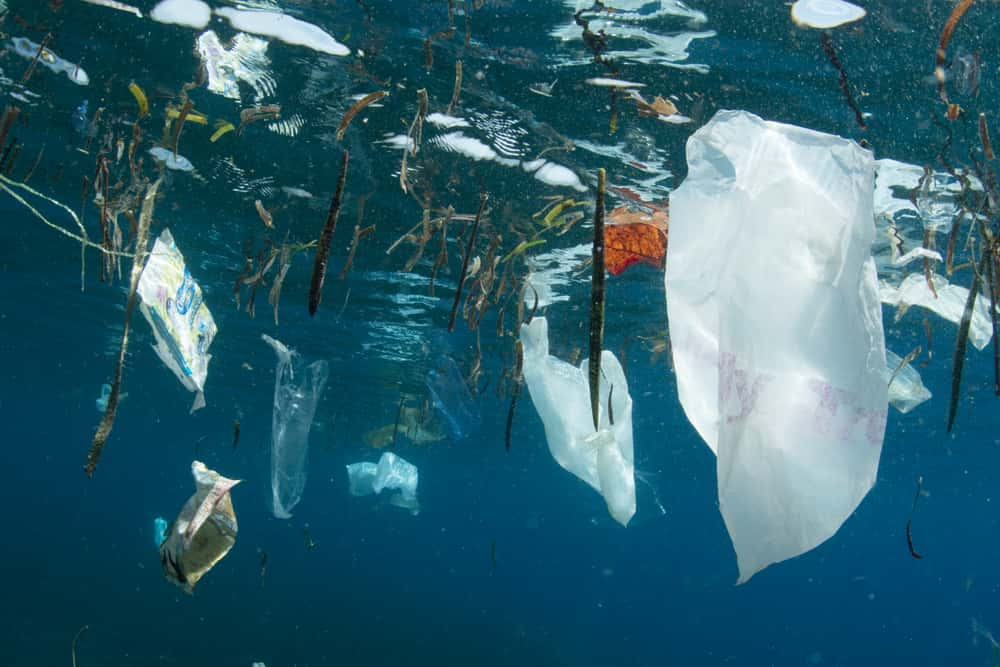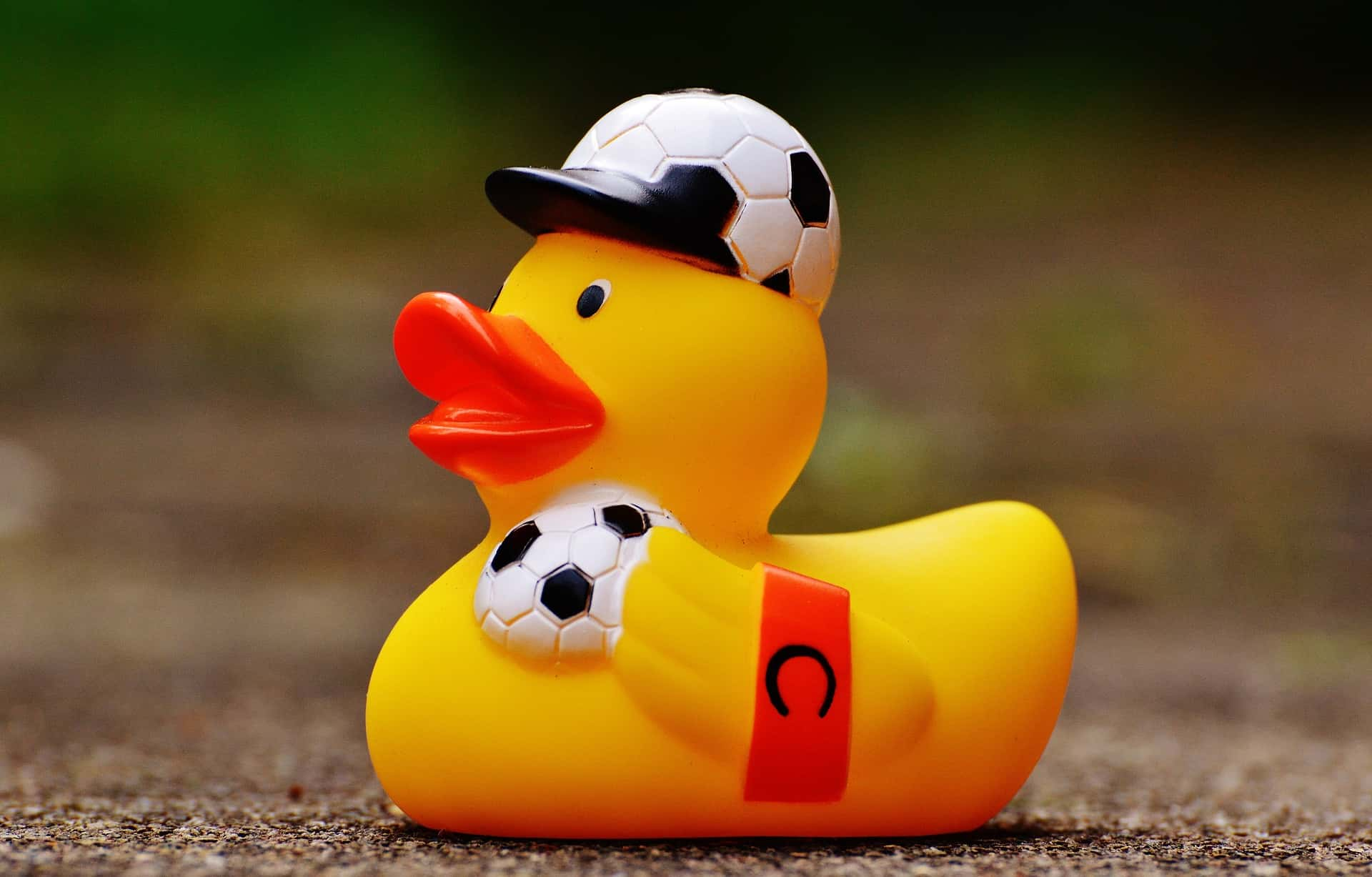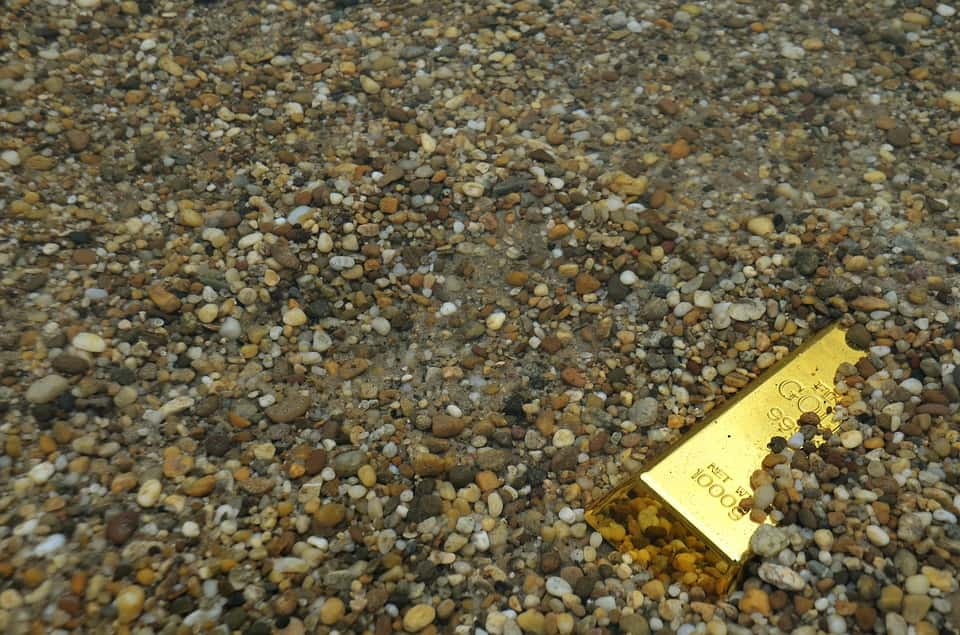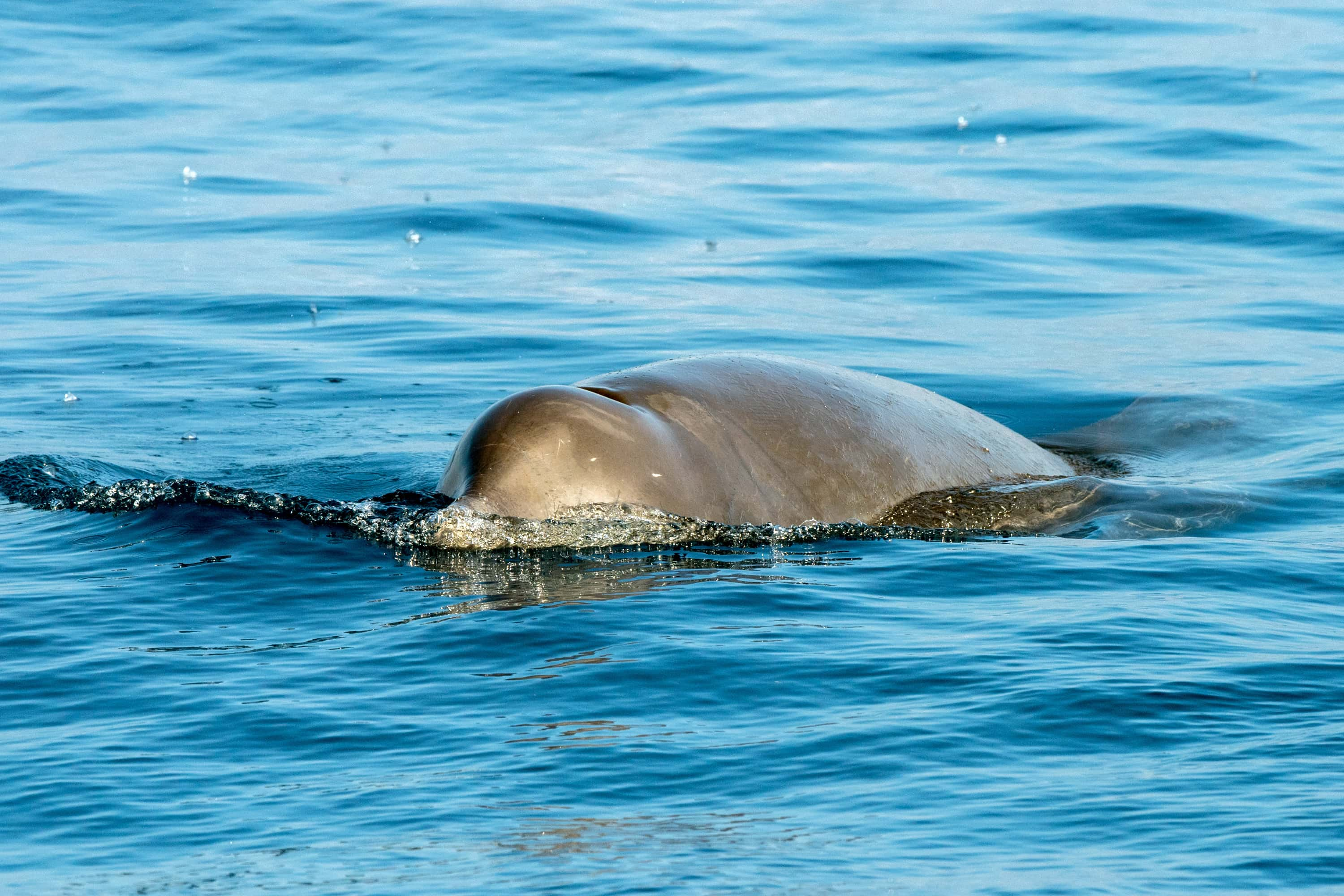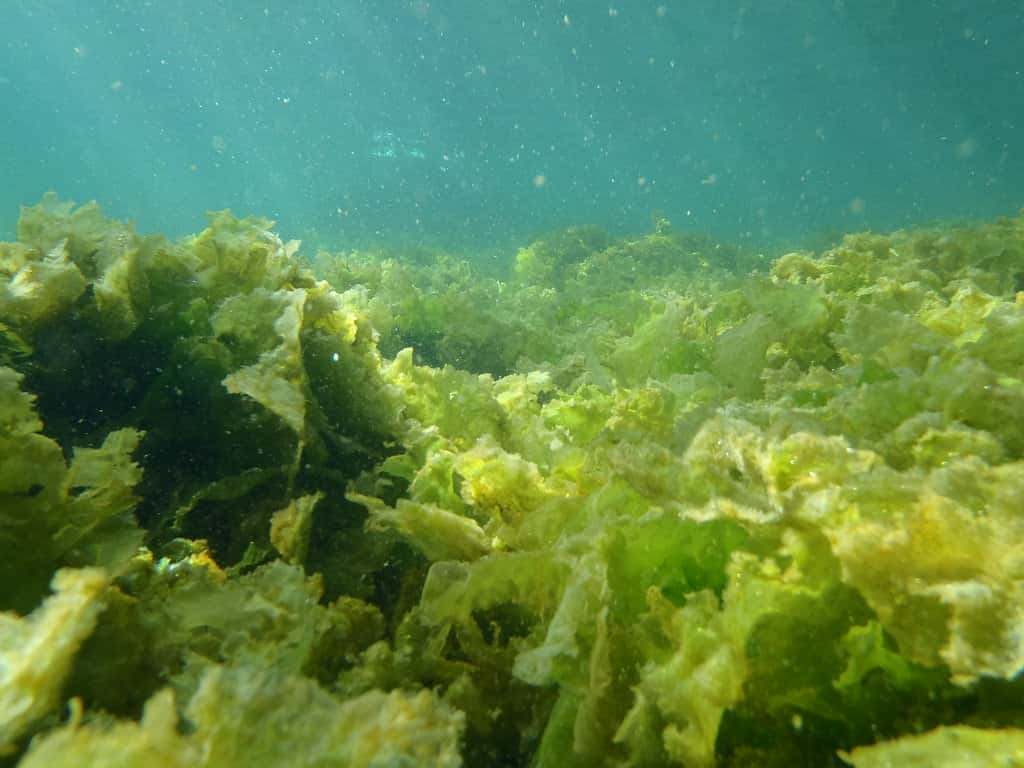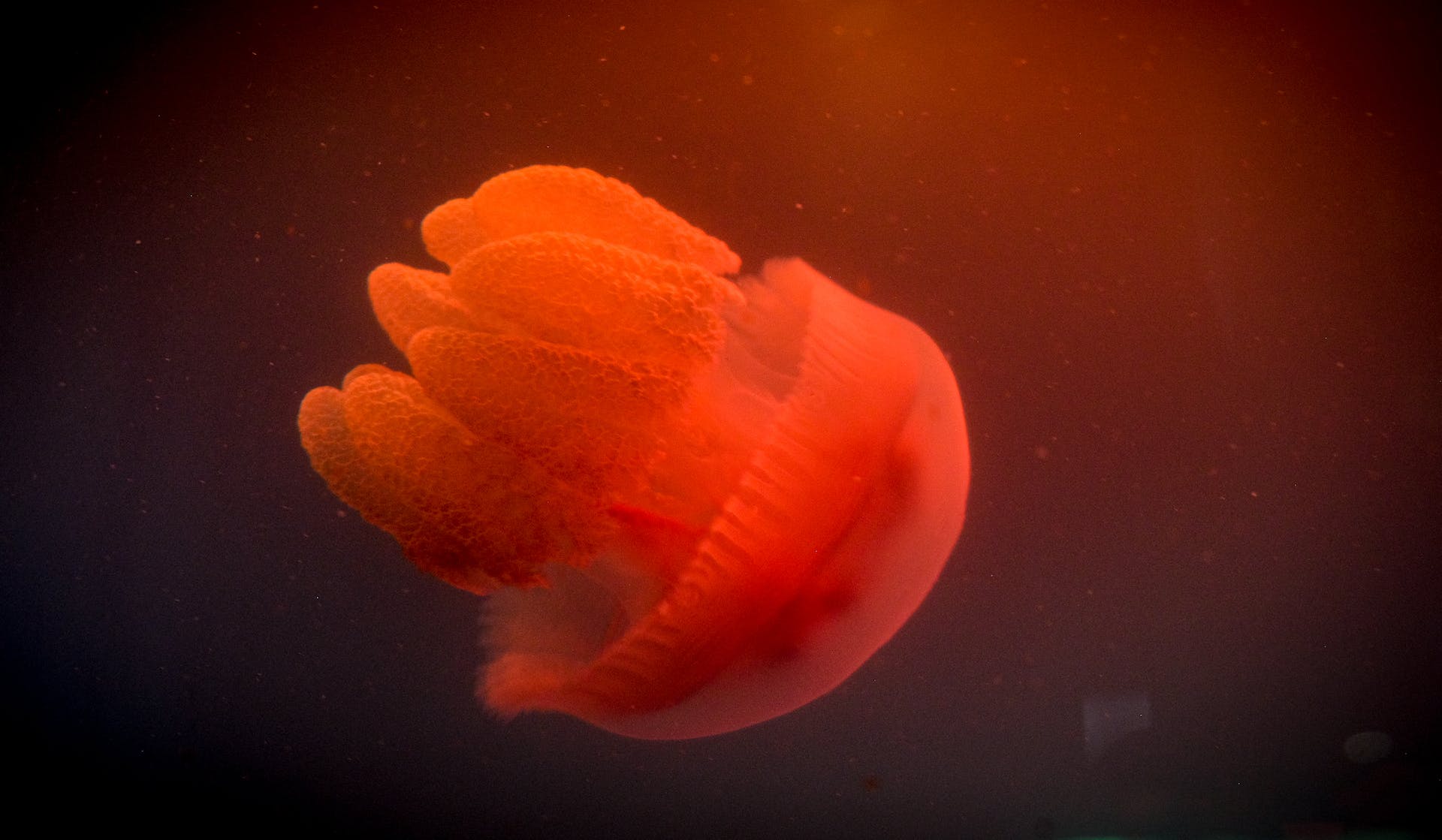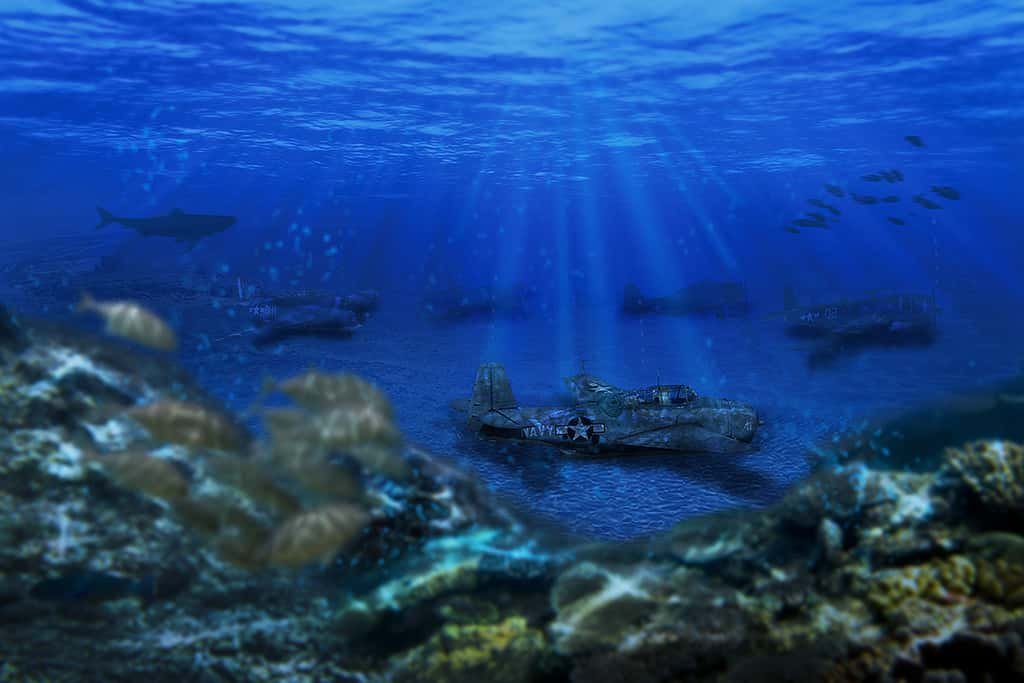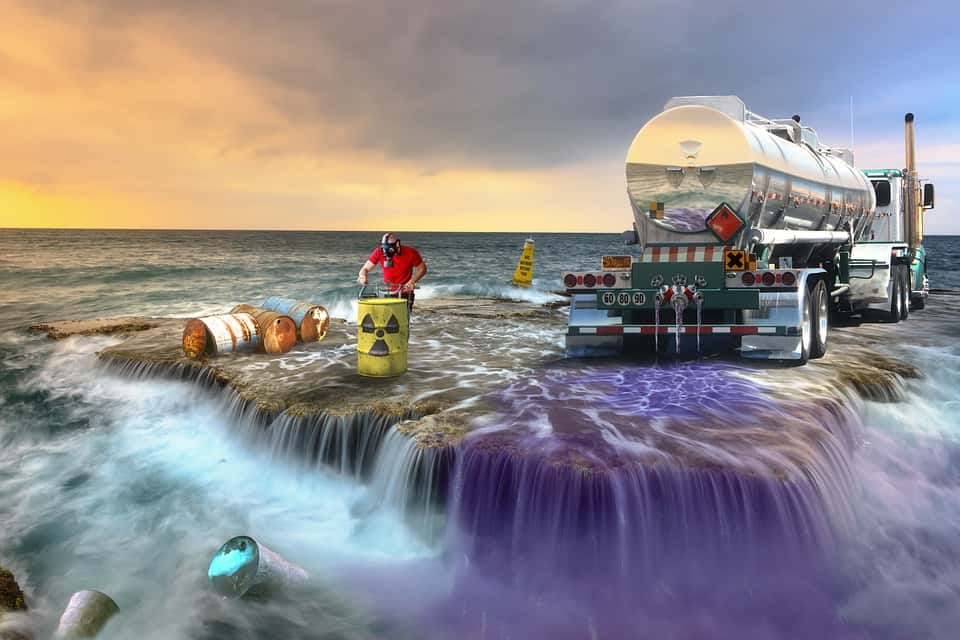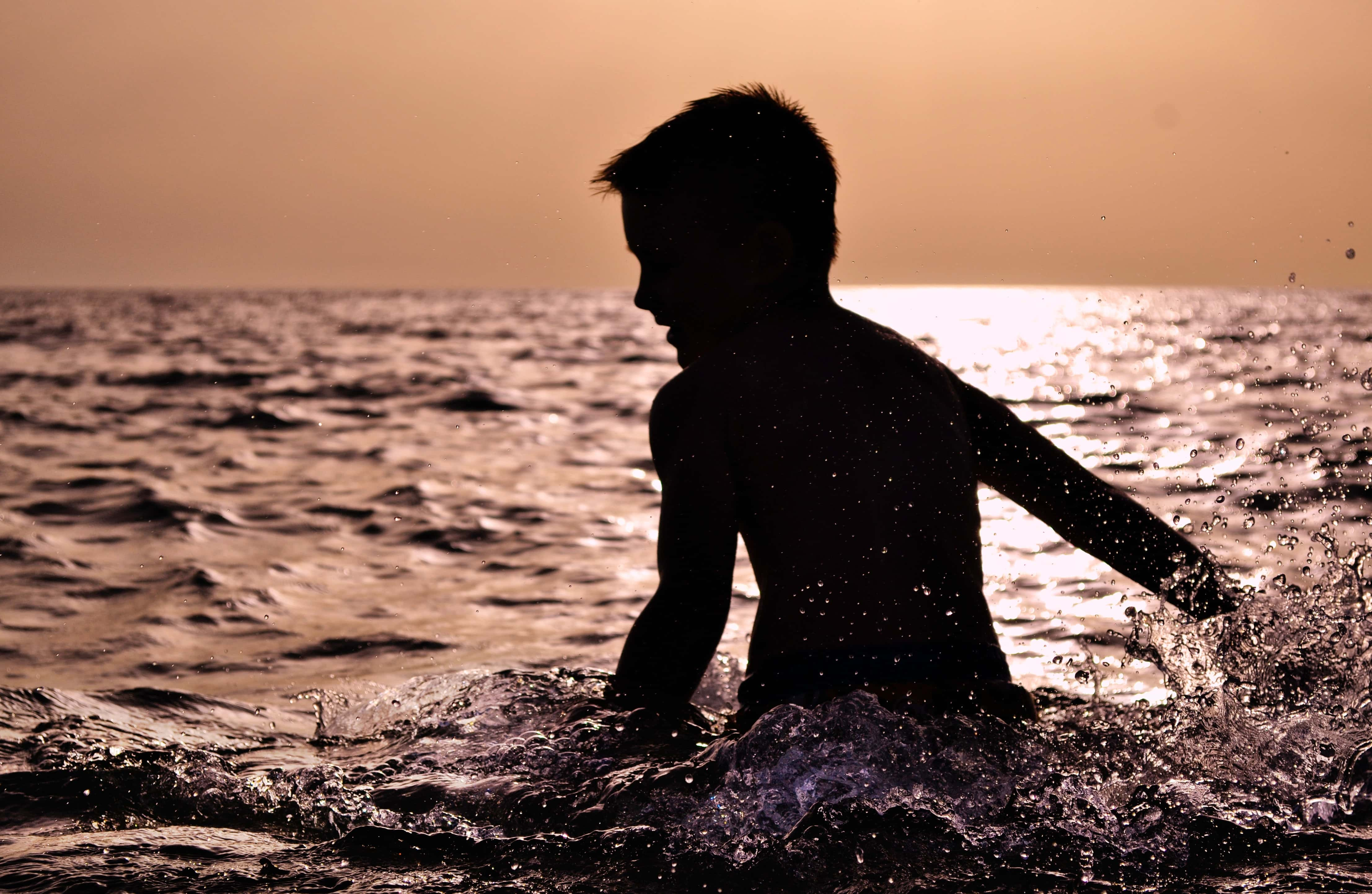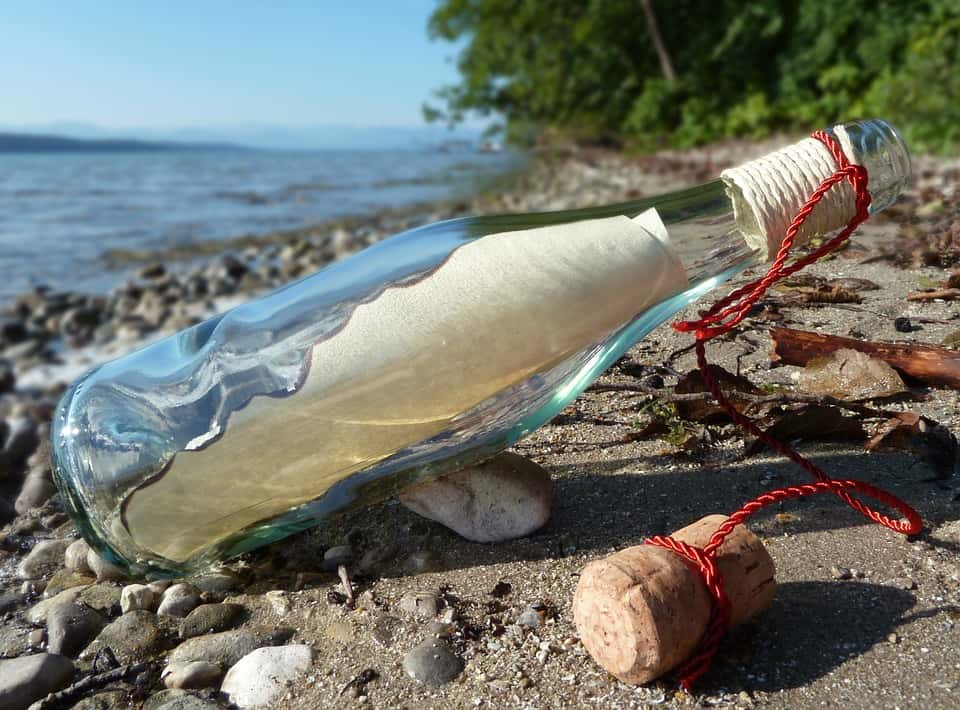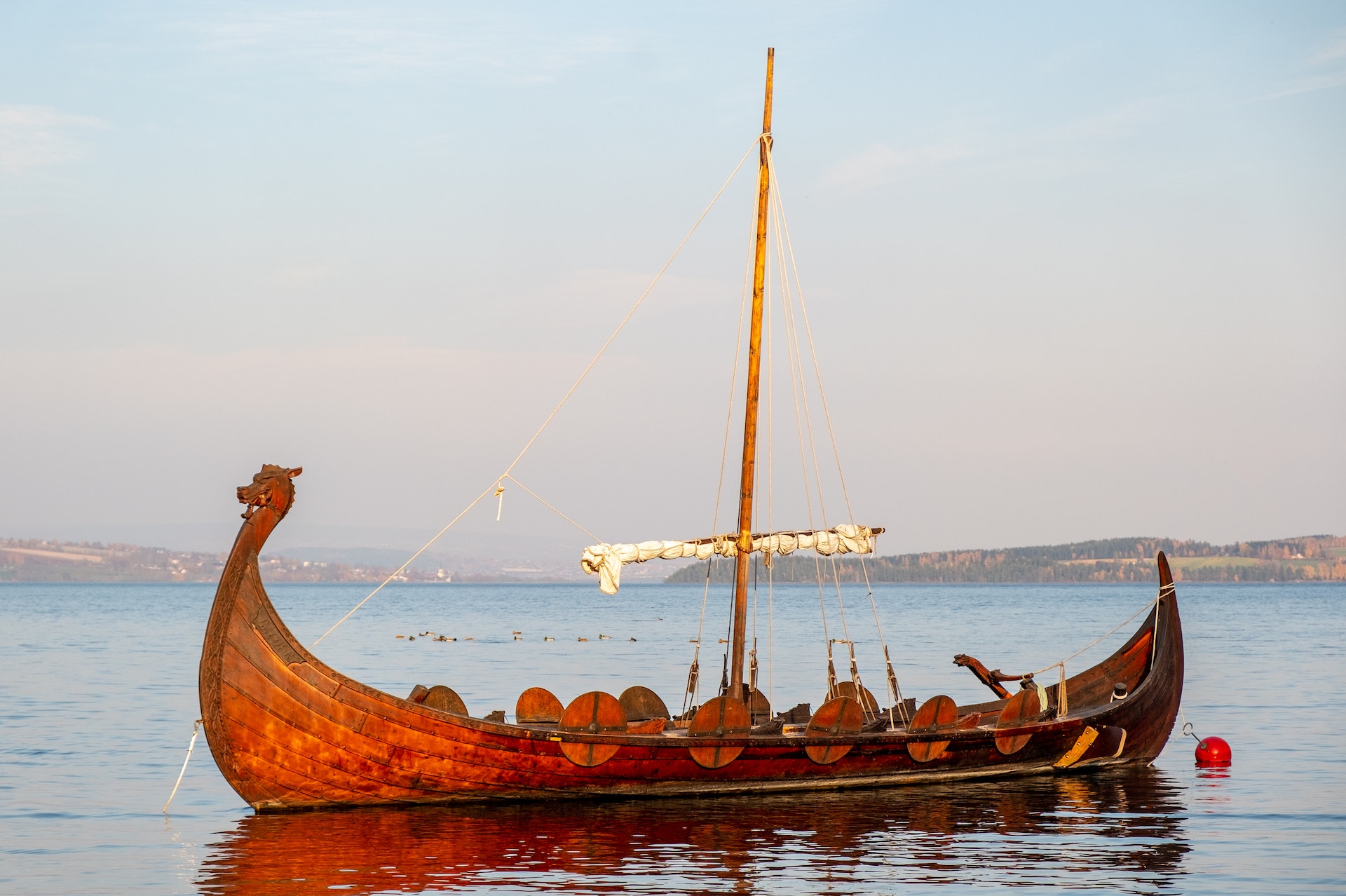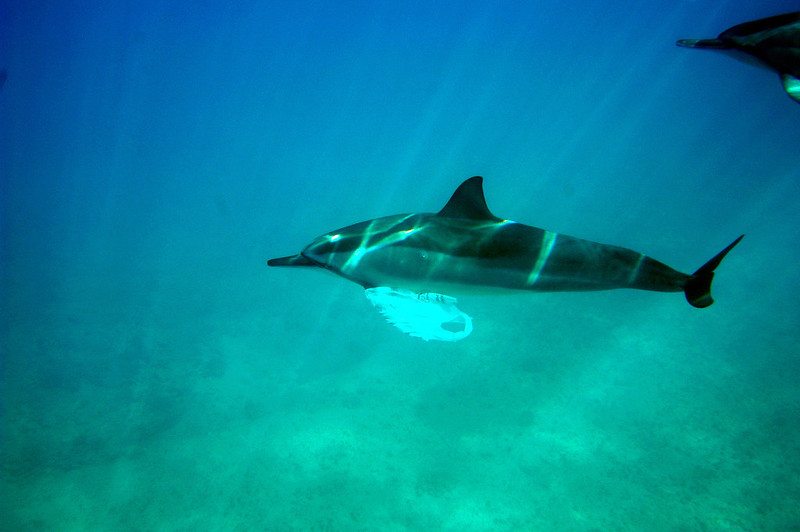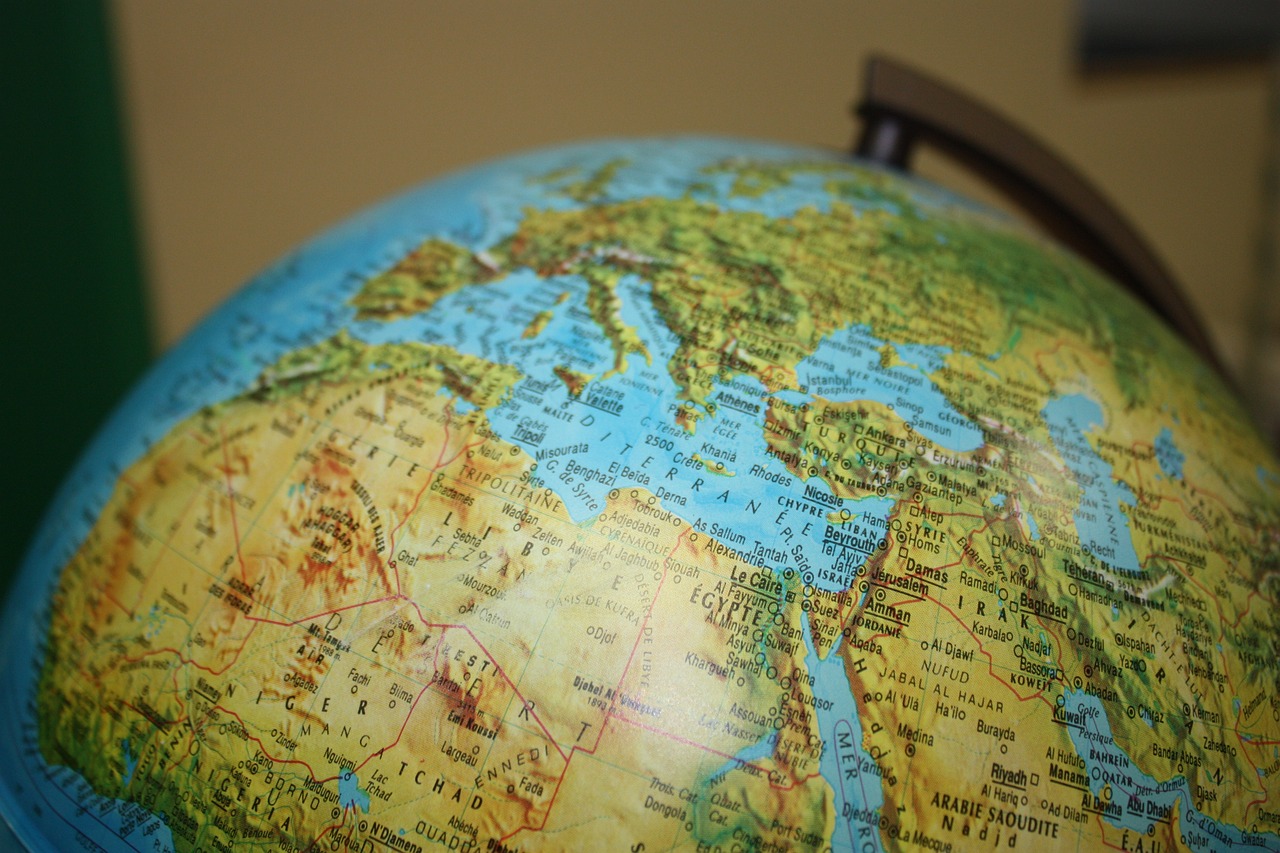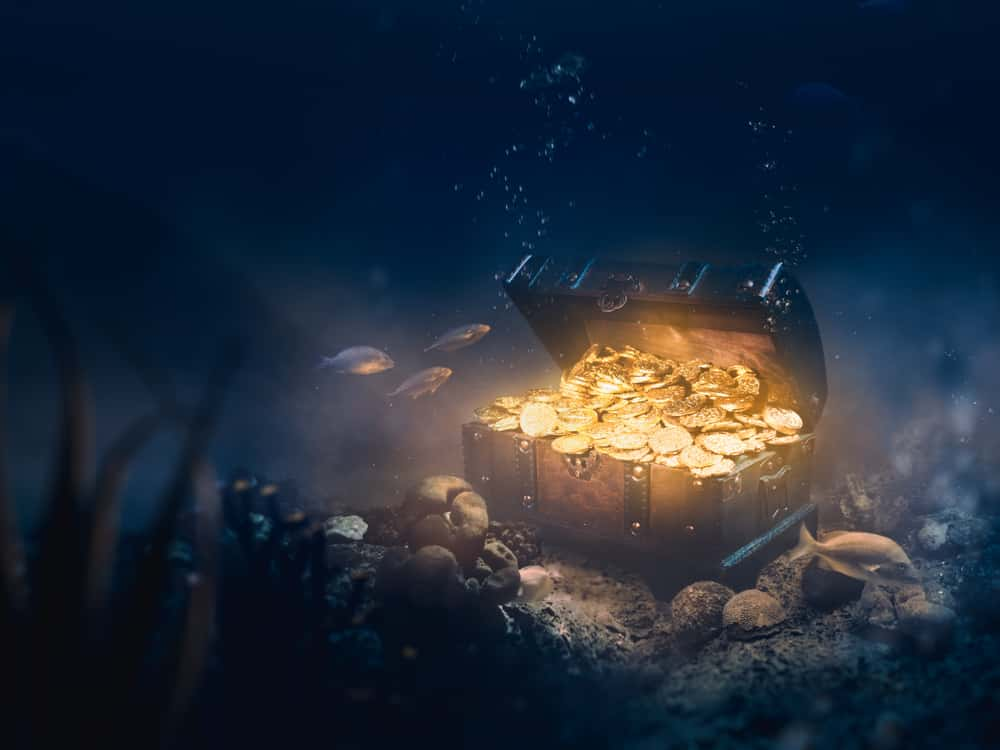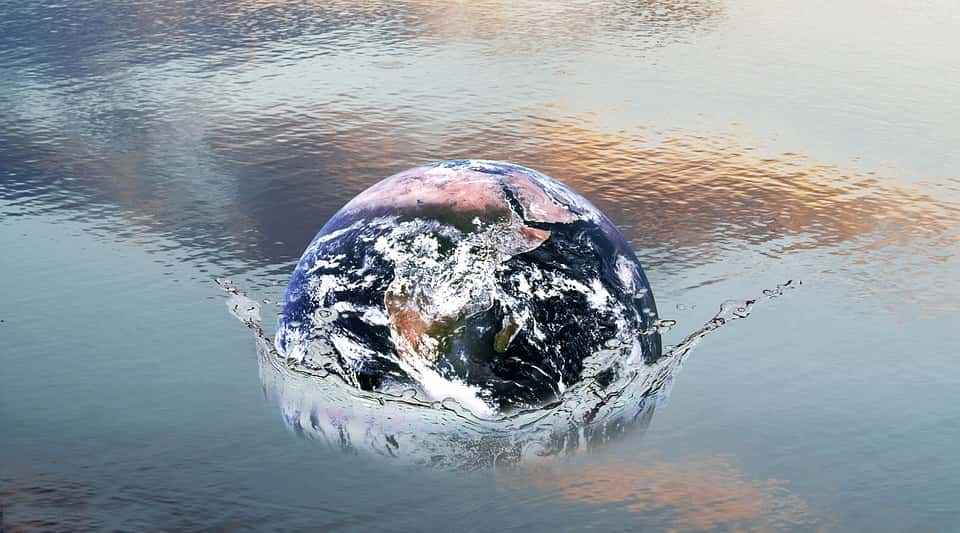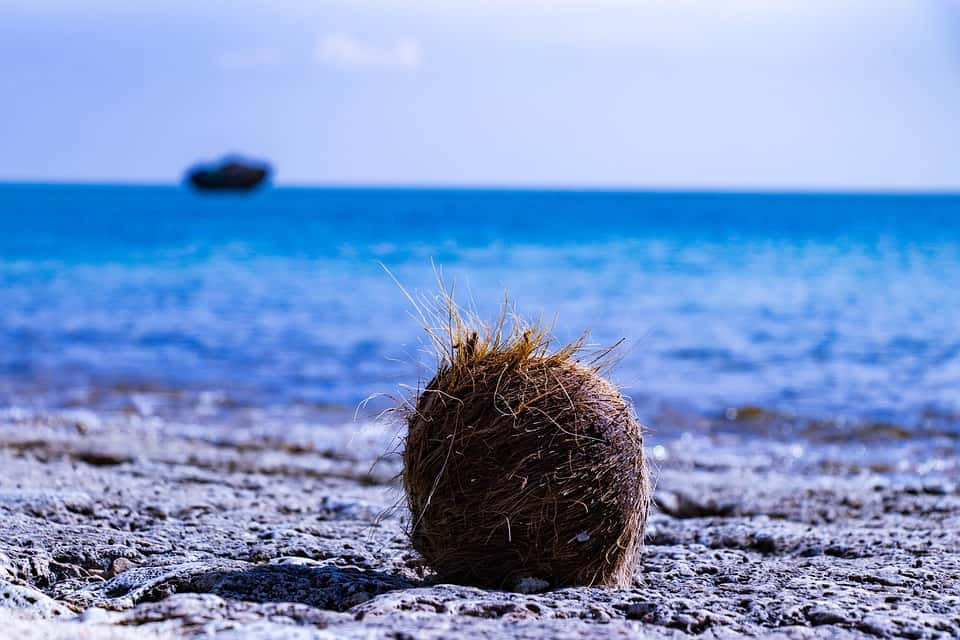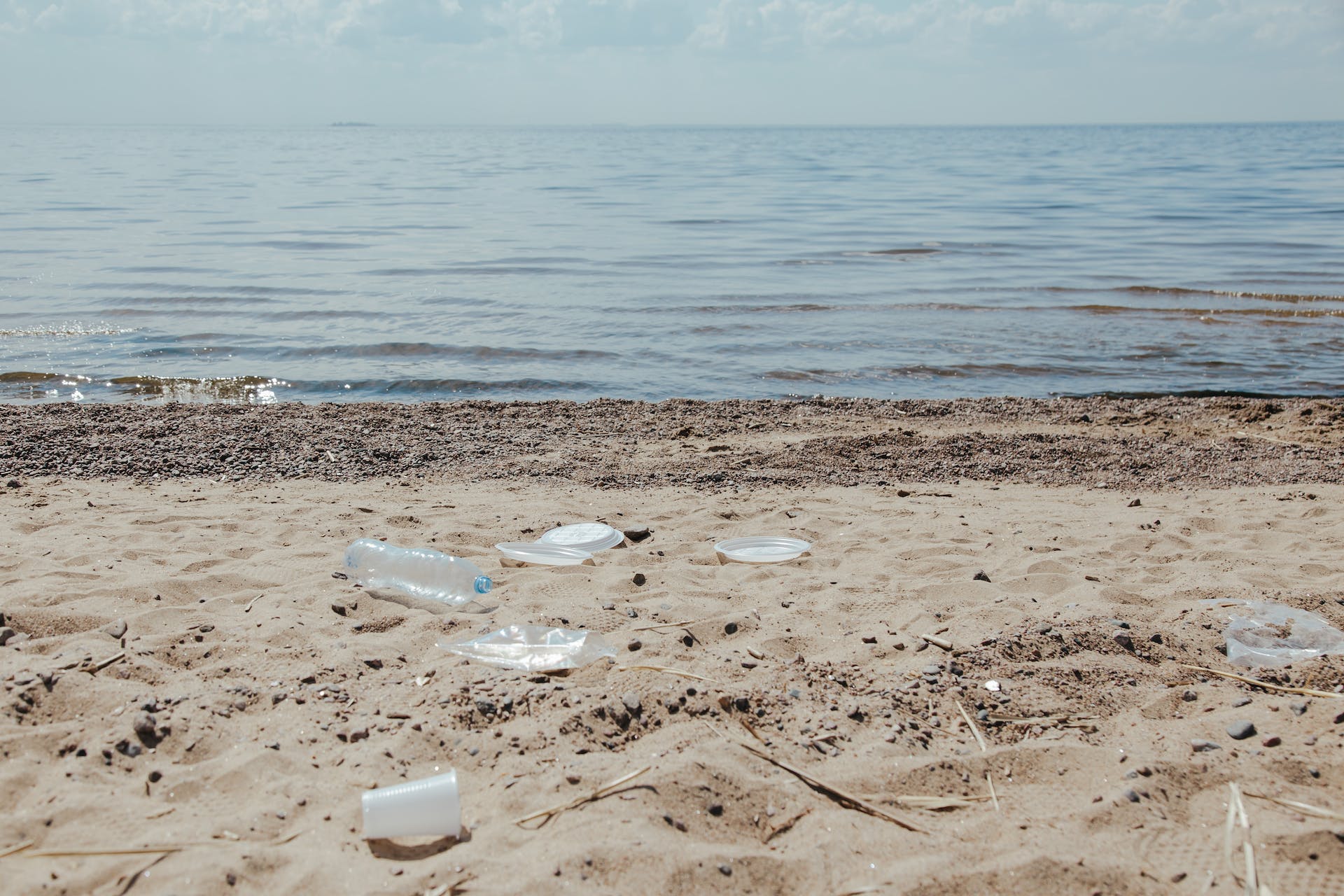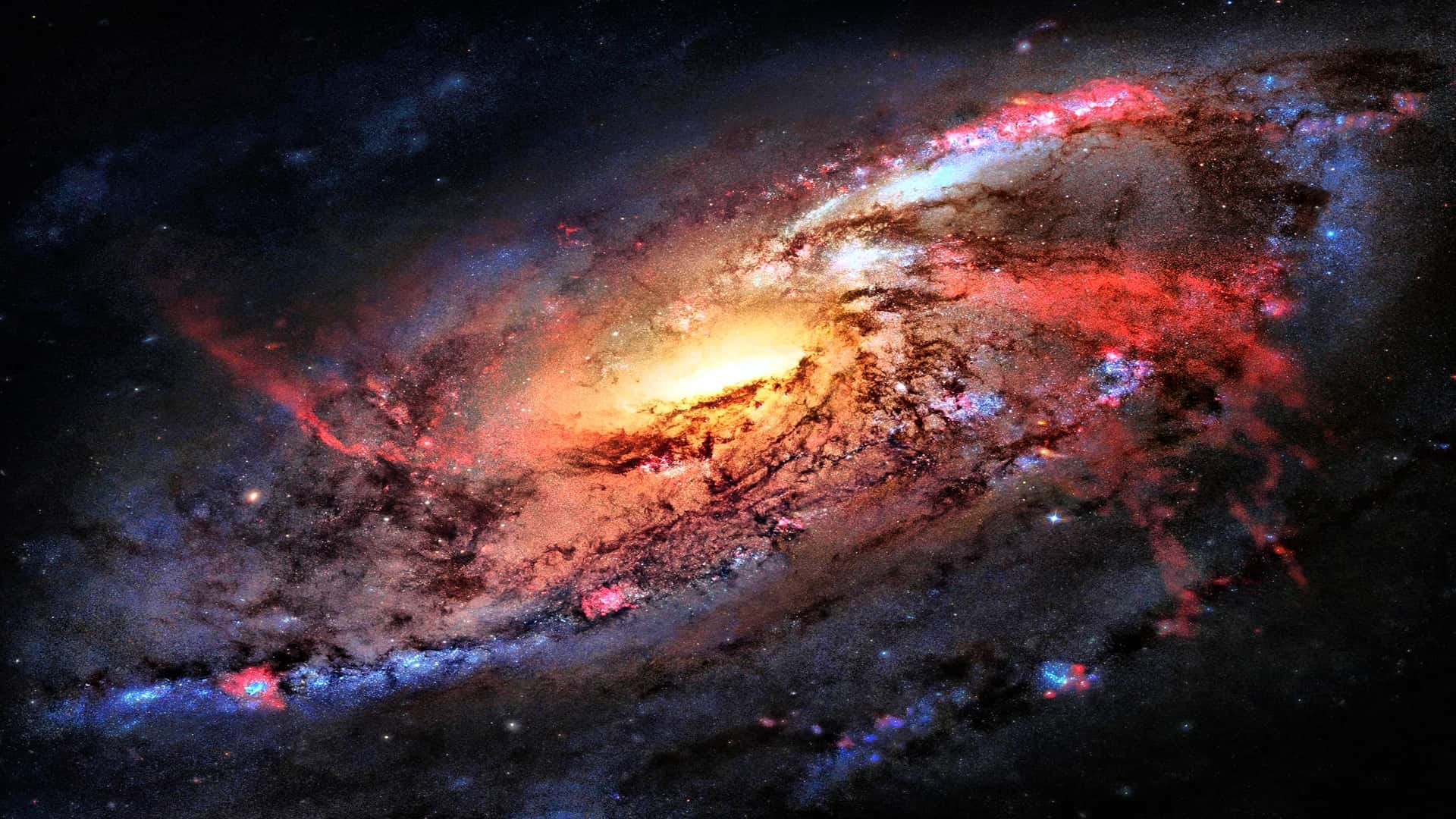Deep Below The Surface
Over time, marine life evolved in a completely different environment than we did as land dwellers. This has led to the development of an almost alien world below the surface that we are still learning about today. There is one sea creature that is more responsible for human deaths on the continent of Australia than snakes, sharks, and saltwater crocodiles put together—and it’s utterly terrifying.
1. The Largest Animal On The Planet
The blue whale is not just the largest animal in any ocean, it's the largest animal on Earth. In fact, they're larger than any of the dinosaurs were! Weighing in at 144 tonnes, they're heavier than a Boeing 747 (that's a jumbo jet). A single adult blue whale can consume 3,6000kg of krill a day. Yummy!
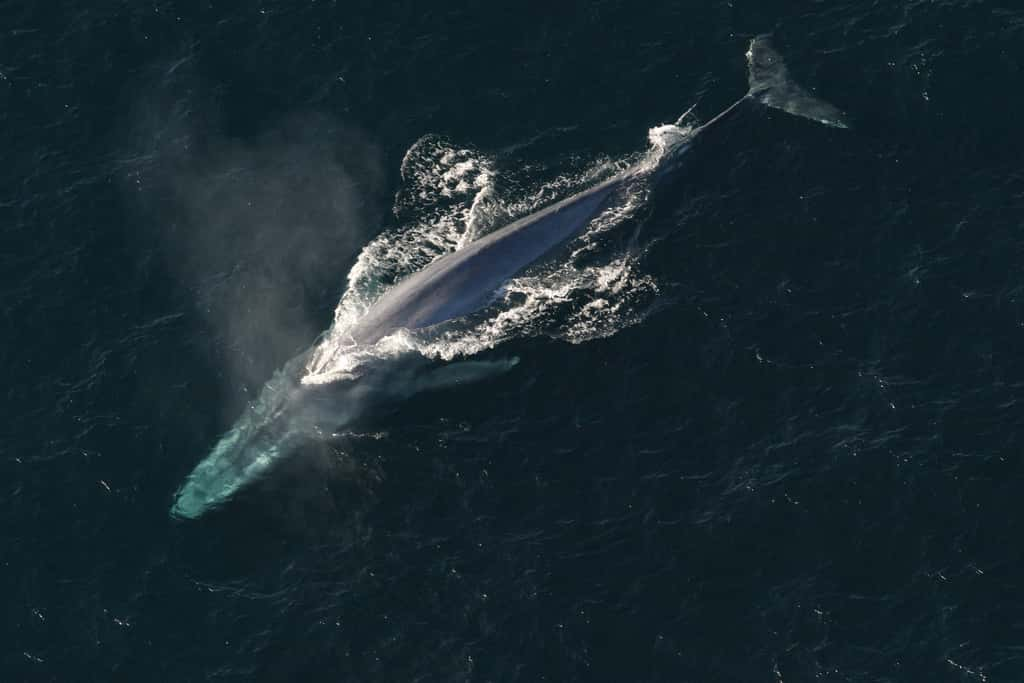 NOAA Photo Library, Wikimedia Commons
NOAA Photo Library, Wikimedia Commons
2. Going Deep
An ocean is a body of saline water that composes much of a planet's hydrosphere. On Earth, an ocean is one of the major conventional divisions of the World Ocean, which covers almost 71% of its surface. These are, in descending order by area, the Pacific, Atlantic, Indian, Southern (Antarctic), and Arctic Oceans. The average ocean depth is 2.5 miles (4 km).
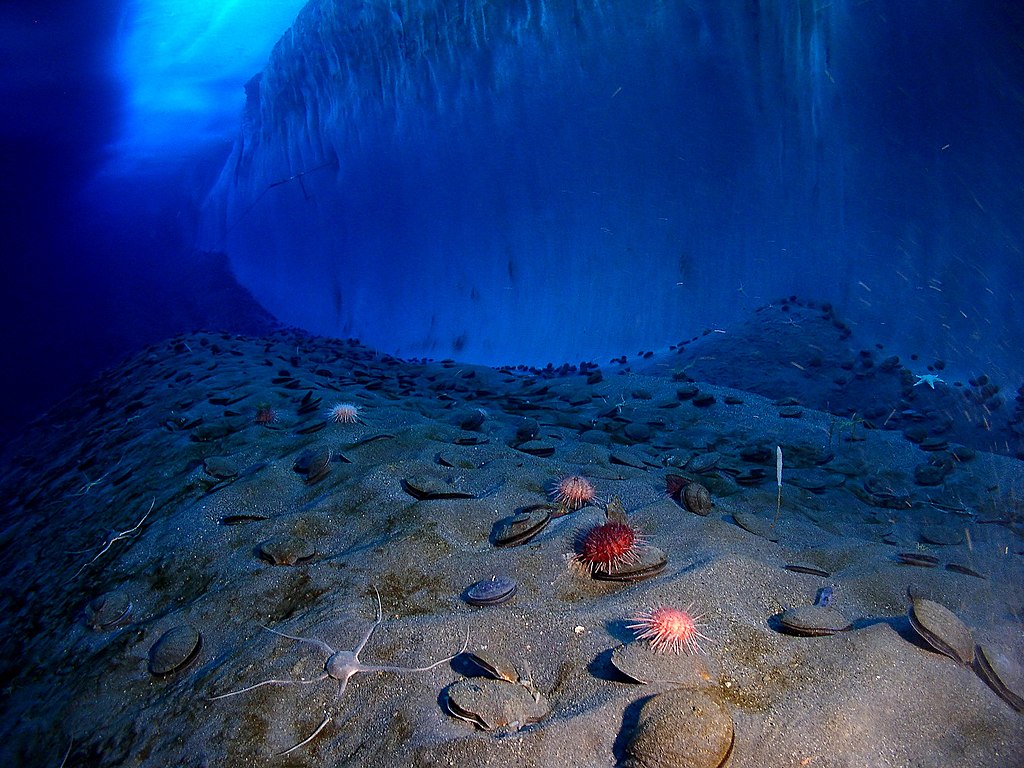 Steve Clabuesch, Wikimedia Commons
Steve Clabuesch, Wikimedia Commons
3. One Strange Critter
The Pink See-Through Fantasia is a strange creature found about a mile and a half deep in the Celebes Sea in the western Pacific. Its name makes it sound like a piece of lingerie, but don't be fooled: The pink see-through fantasia is a sea cucumber.
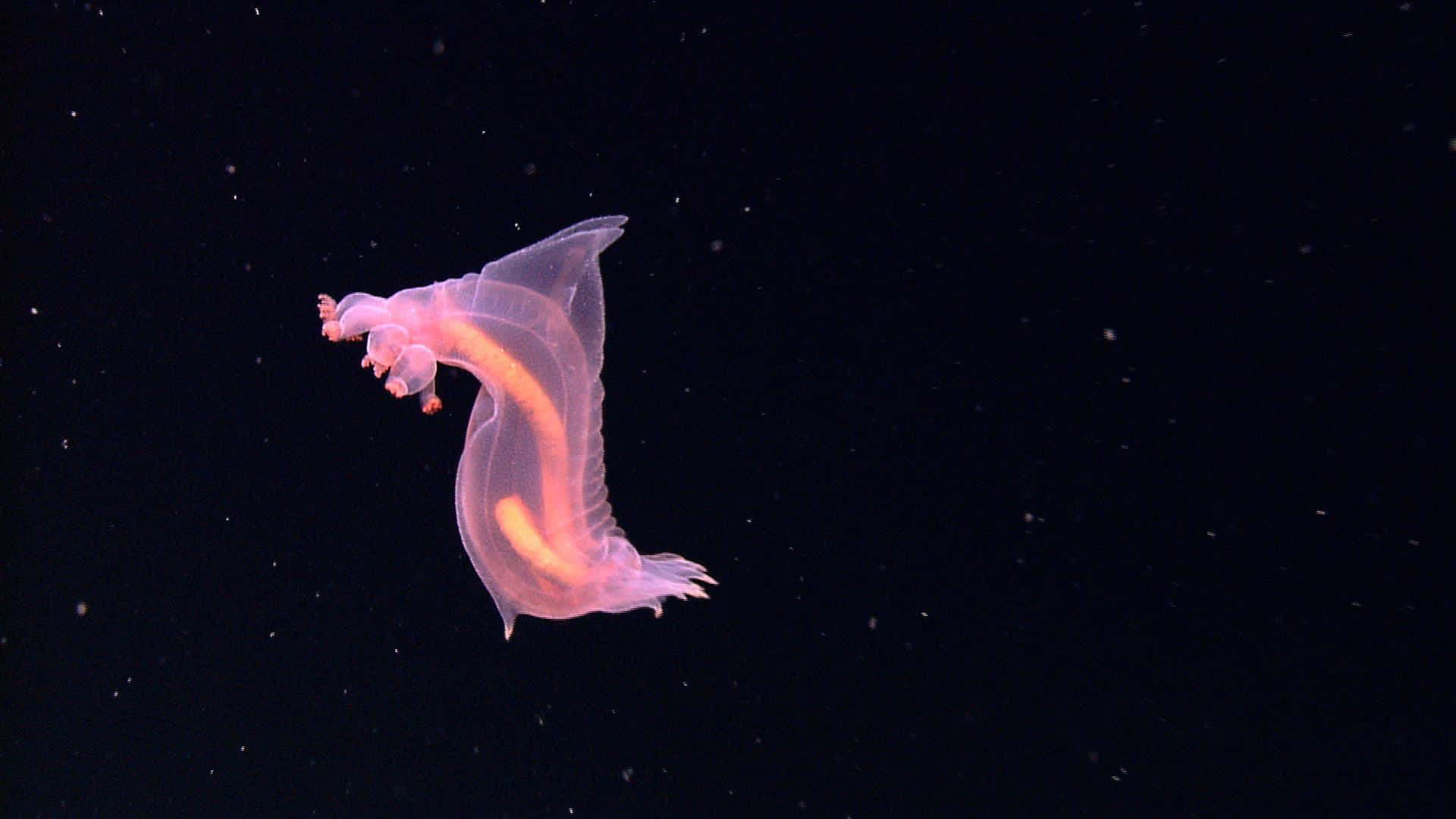 NOAA Okeanos Explorer, Wikimedia Commons
NOAA Okeanos Explorer, Wikimedia Commons
4. Down She Goes
In 1912 the Titanic sank in the Atlantic Ocean after having been called an unsinkable ship. It struck an iceberg on its maiden voyage across the Atlantic to America.
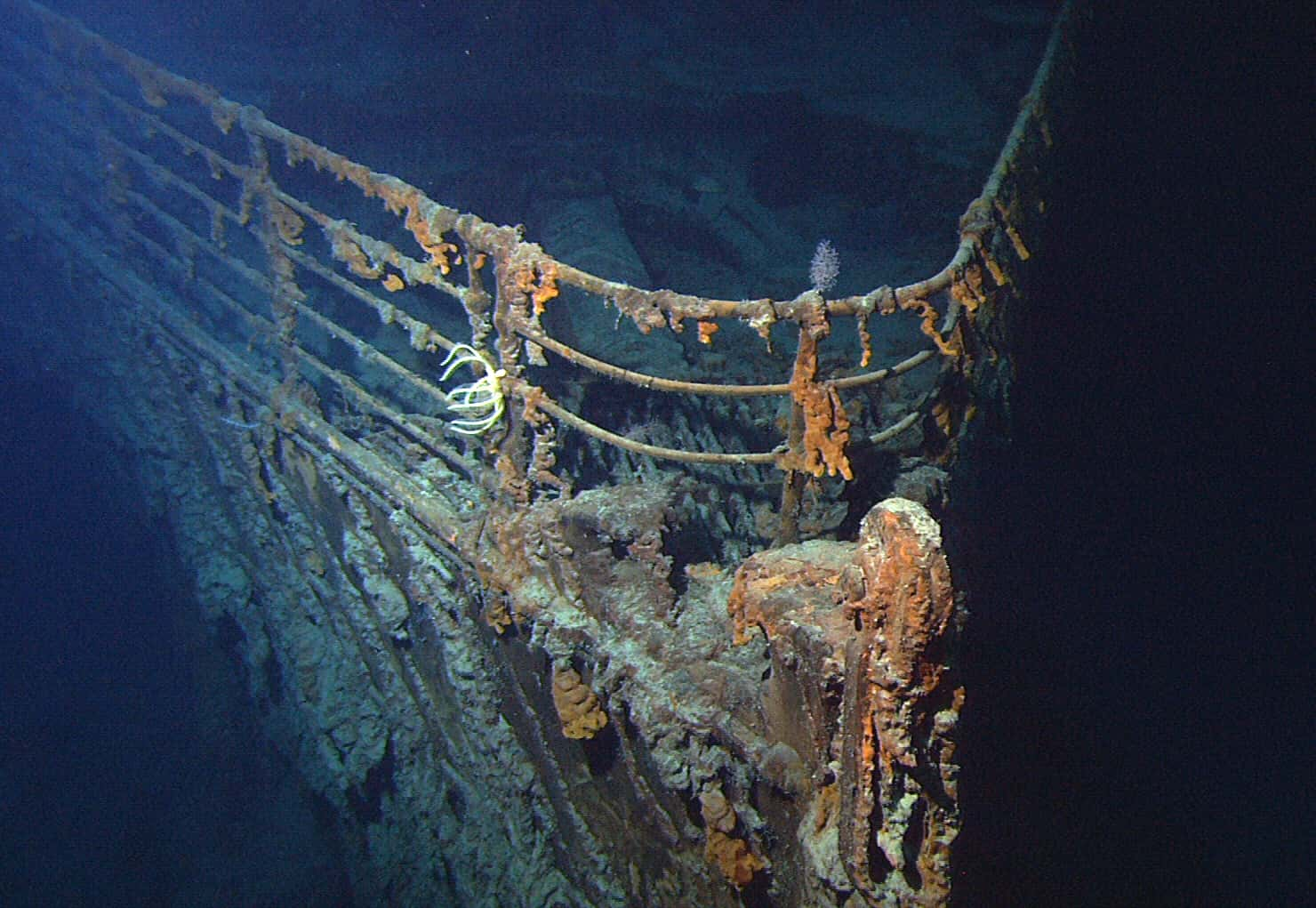 University of Rhode Island, Wikimedia Commons
University of Rhode Island, Wikimedia Commons
5. To The Atlantic And Beyond!
The first ocean to be crossed by an airplane was the Atlantic Ocean. It was also the first ocean to be crossed by a ship.
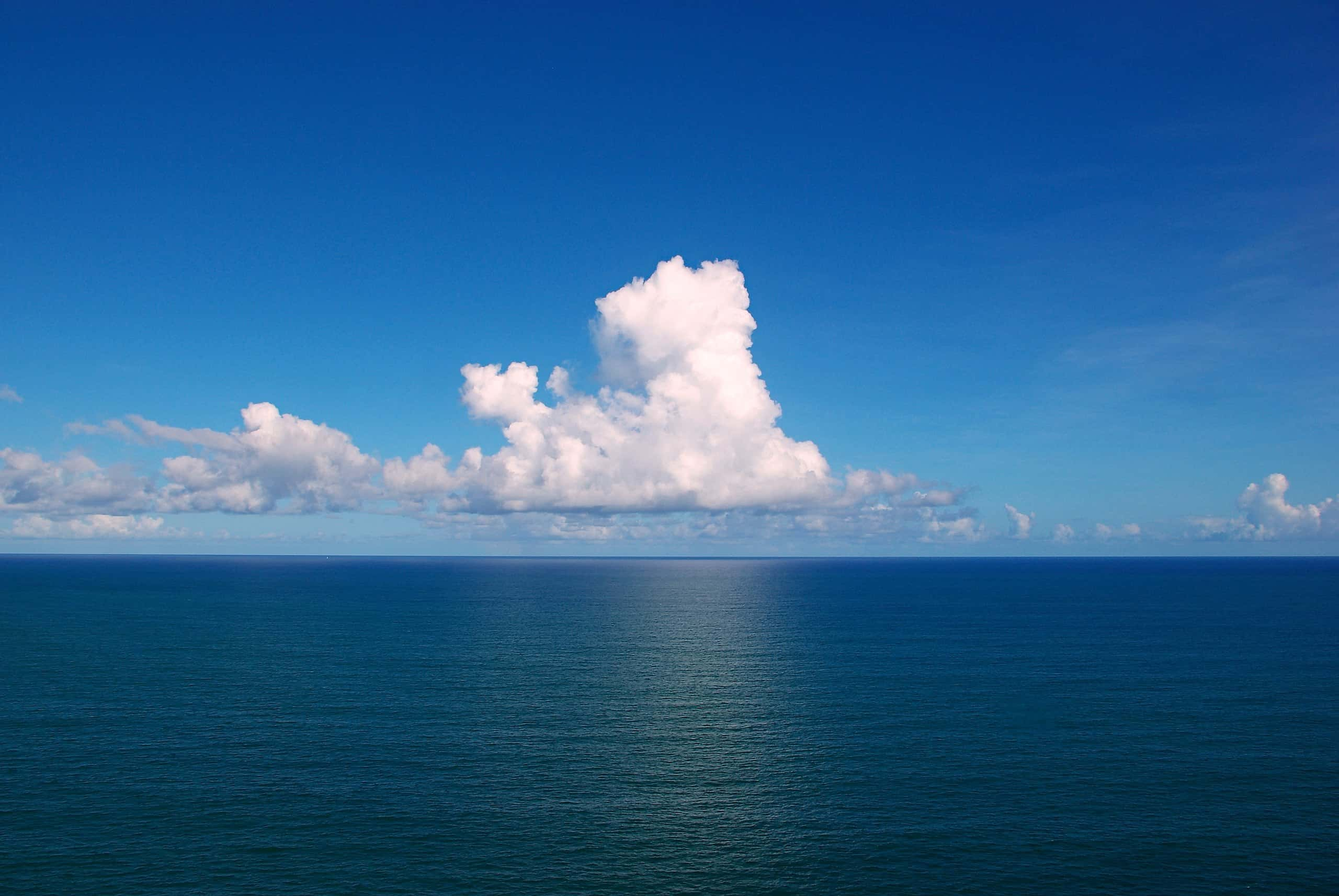 Tiago Fioreze, CC BY-SA 3.0, Wikimedia Commons
Tiago Fioreze, CC BY-SA 3.0, Wikimedia Commons
6. Math On The Ocean Floor
Vampire Squid live in Monterey Bay. They're called "vampire" not because they drink blood (they subsist on plankton) but because of their high intelligence. They've been known to create complex geometrical patterns on the ocean floor.
7. Disgraceful
14 billion pounds (6B Kg) of garbage are dumped into the ocean every year. Most of it is plastic. No wonder we've got the Great Pacific Garbage Patch to deal with!
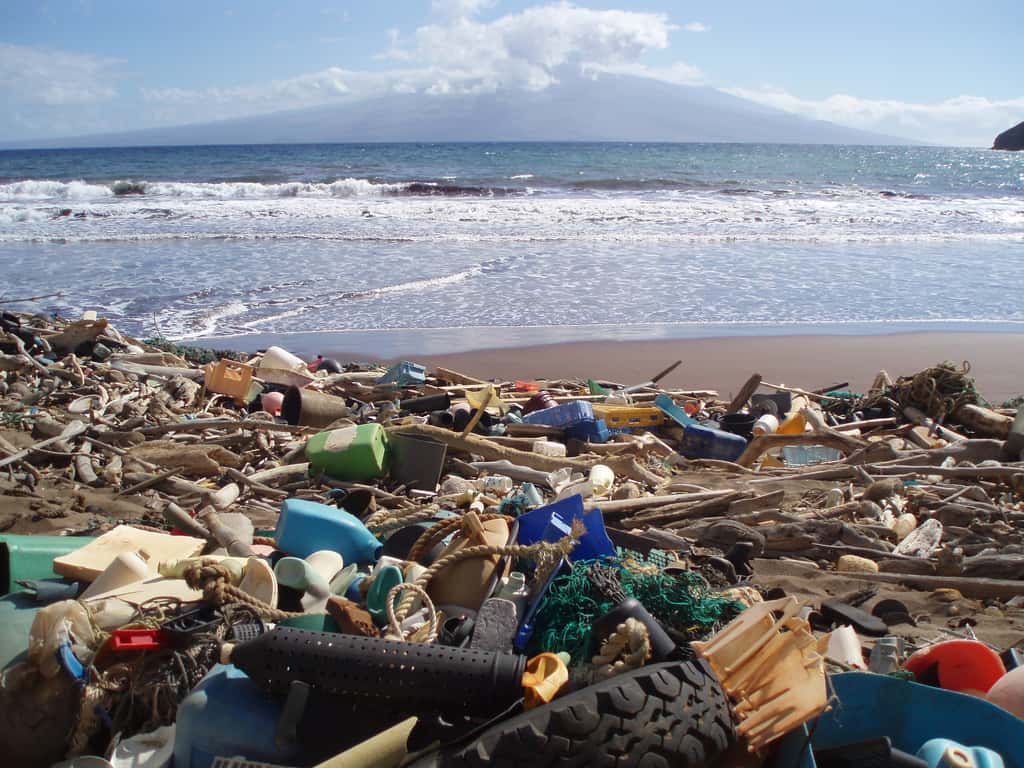 NOAA Marine Debris Program, Flickr
NOAA Marine Debris Program, Flickr
8. Garbage Soup
The Great Pacific garbage patch, also described as the Pacific Trash Vortex, is a gyre of marine debris in the central North Pacific Ocean that was discovered between in 1985. Contrary to media portrayals of the patch as a giant island of garbage, it's more accurately garbage soup: areas of water (there are multiple garbage patches) with a high concentration of micro plastics.

History's most fascinating stories and darkest secrets, delivered to your inbox daily.
9. Really Deep Dive
The deepest part of the ocean is called the Challenger Deep and is located beneath the western Pacific Ocean in the southern end of the Mariana Trench, which runs several hundred kilometers southwest of the U.S. territorial island of Guam. Challenger Deep is approximately 36,200 feet deep.
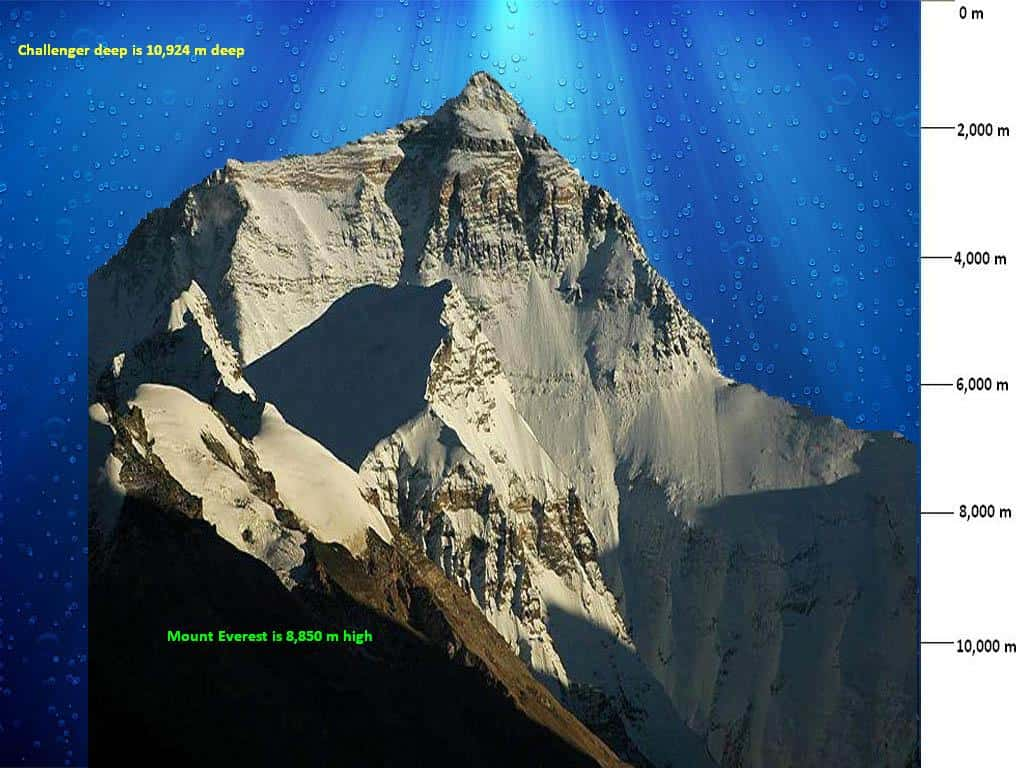 Nomi887, CC BY-SA 3.0, Wikimedia Commons
Nomi887, CC BY-SA 3.0, Wikimedia Commons
10. If Only The Energizer Bunny had Power Like This.
If we could capture just 0.1% of the ocean's kinetic energy caused by tides, we could satisfy the current global energy demand 5 times over.
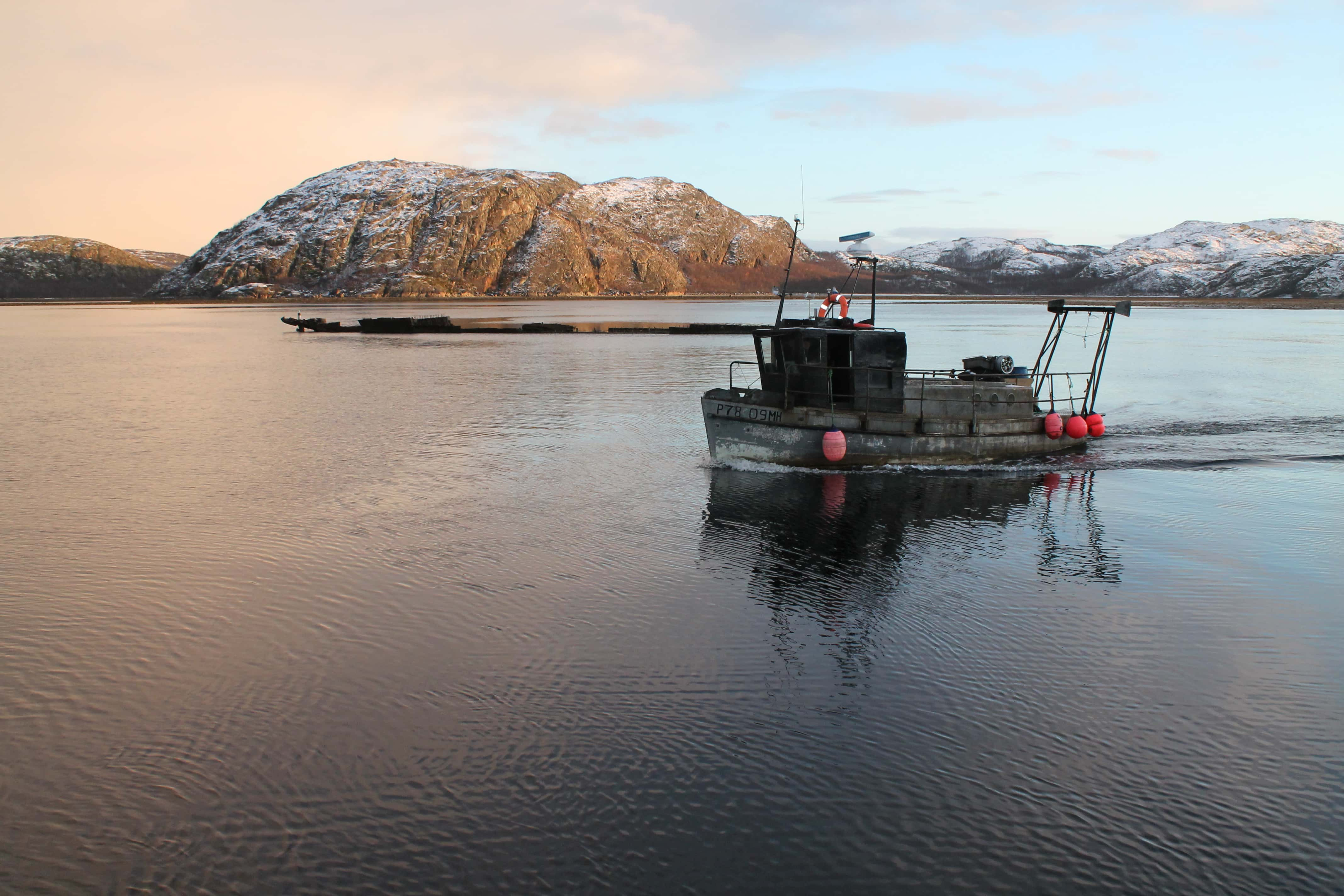 Press-service of RusHydro, CC BY-SA 3.0, Wikimedia Commons
Press-service of RusHydro, CC BY-SA 3.0, Wikimedia Commons
11. Quack, Quack, Quack!
29,000 rubber ducks were lost at sea in 1992. These ducks are still being found, and paying attention to where they wash up and travel to has revolutionized our knowledge of ocean science.
12. Give Me a Slice of Ocean Please
The Atlantic Ocean is big enough to let every person in the US have their own cubic kilometer in it.
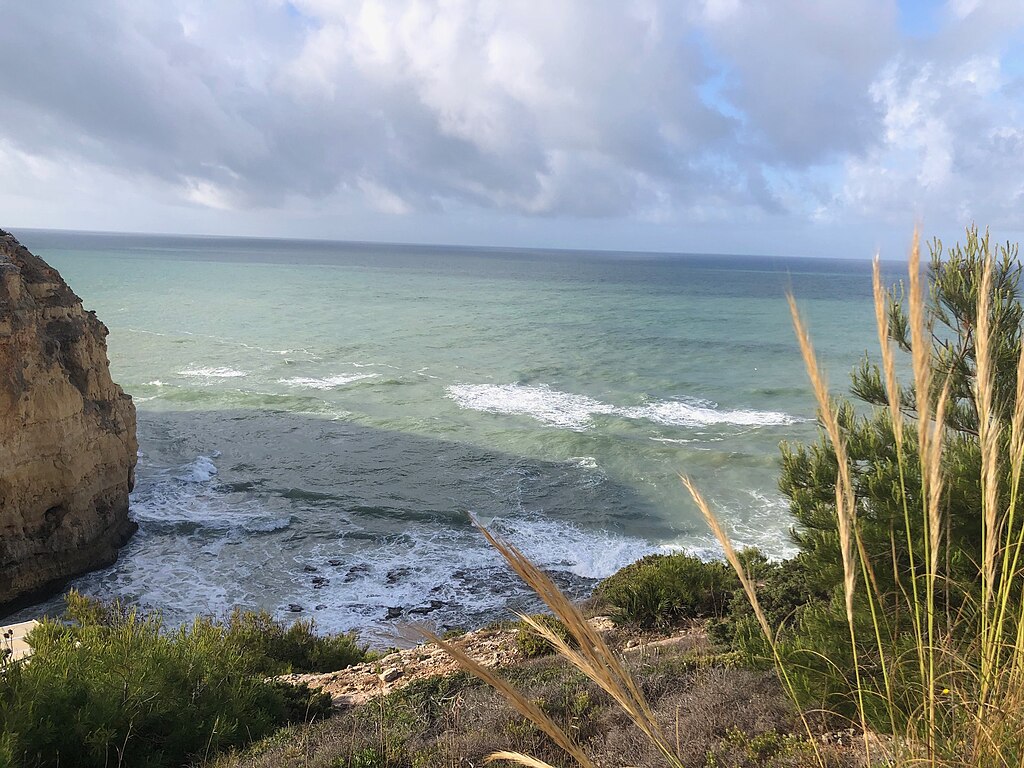 Rich Flight22, CC BY 4.0, Wikimedia Commons
Rich Flight22, CC BY 4.0, Wikimedia Commons
13. Those Fishes Are Rich
The world's oceans contain nearly 20 million tons of gold.
14. More Deep Diving
Cuvier's beaked whales are the deepest diving mammals. They've been recorded to dive to a depth of 3km for over 2 hours.
15. A Little Hockey, Eh?
In Newfoundland, Canada, when the Atlantic Ocean freezes, people play hockey on it.
 Santeri Viinamäki, CC BY-SA 4.0, Wikimedia Commons
Santeri Viinamäki, CC BY-SA 4.0, Wikimedia Commons
16. It's Cold and Dark Down Here
At the ocean's deepest point, the water pressure is the equivalent of having 50 jumbo jets piled on top of you. Even Chuck Norris wouldn't survive down there.
Humans have proven that we can build technology to endure such pressure. In 1960, Lieutenant Walsh and his Swiss colleague Jacques Piccard reached a depth of almost 36,000 feet in a submarine. The dive to the Challenger Deep took nearly five hours, and the men spent 20 minutes on the bottom of the ocean.
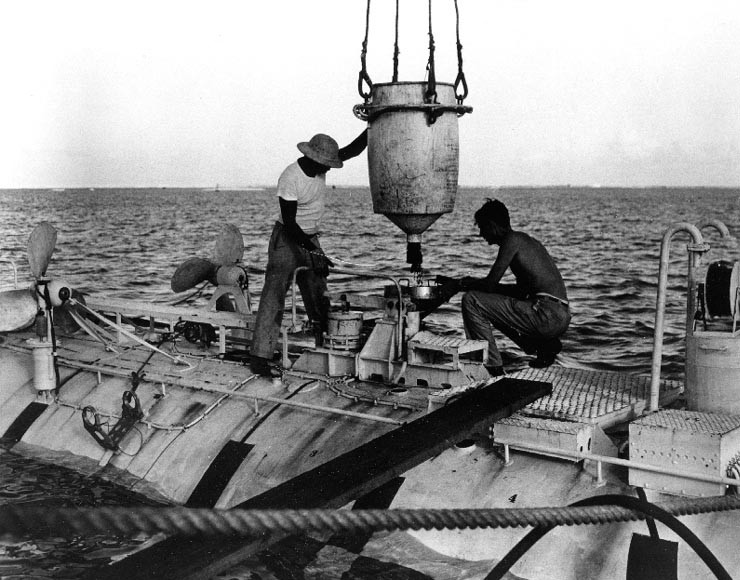 U.S. Naval Historical Center Photograph, Wikimedia Commons
U.S. Naval Historical Center Photograph, Wikimedia Commons
17. Thank You, Algae
70% of the oxygen we breathe is produced in the oceans. How? Well, our dear oceanic plants (mainly phytoplankton, kelp, and algal plankton) are hard at work photosynthesizing it for us.
18. Old Geezers
Sharks first appeared in our oceans 400 million yeas ago. They've survived 5 massive planetary extinction events. These extinction events killed almost all life on earth. The last one occurred around 65 million yeas ago and killed the dinosaurs. But not the sharks. Those miraculous, saber-toothed (but mostly gentle) critters are here to stay.
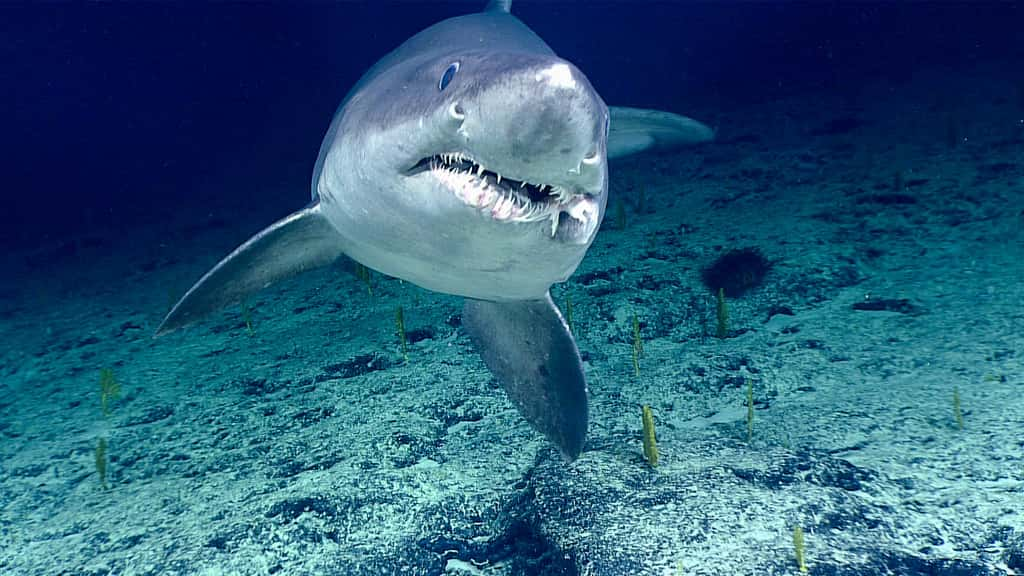 Flickr, NOAA Ocean Exploration
Flickr, NOAA Ocean Exploration
19. An Ocean Half Full... Is Still A Lot of Water.
Oceans cover 71% of the Earth's surface, and the oceans hold about 96.5 percent of all of Earth's water.
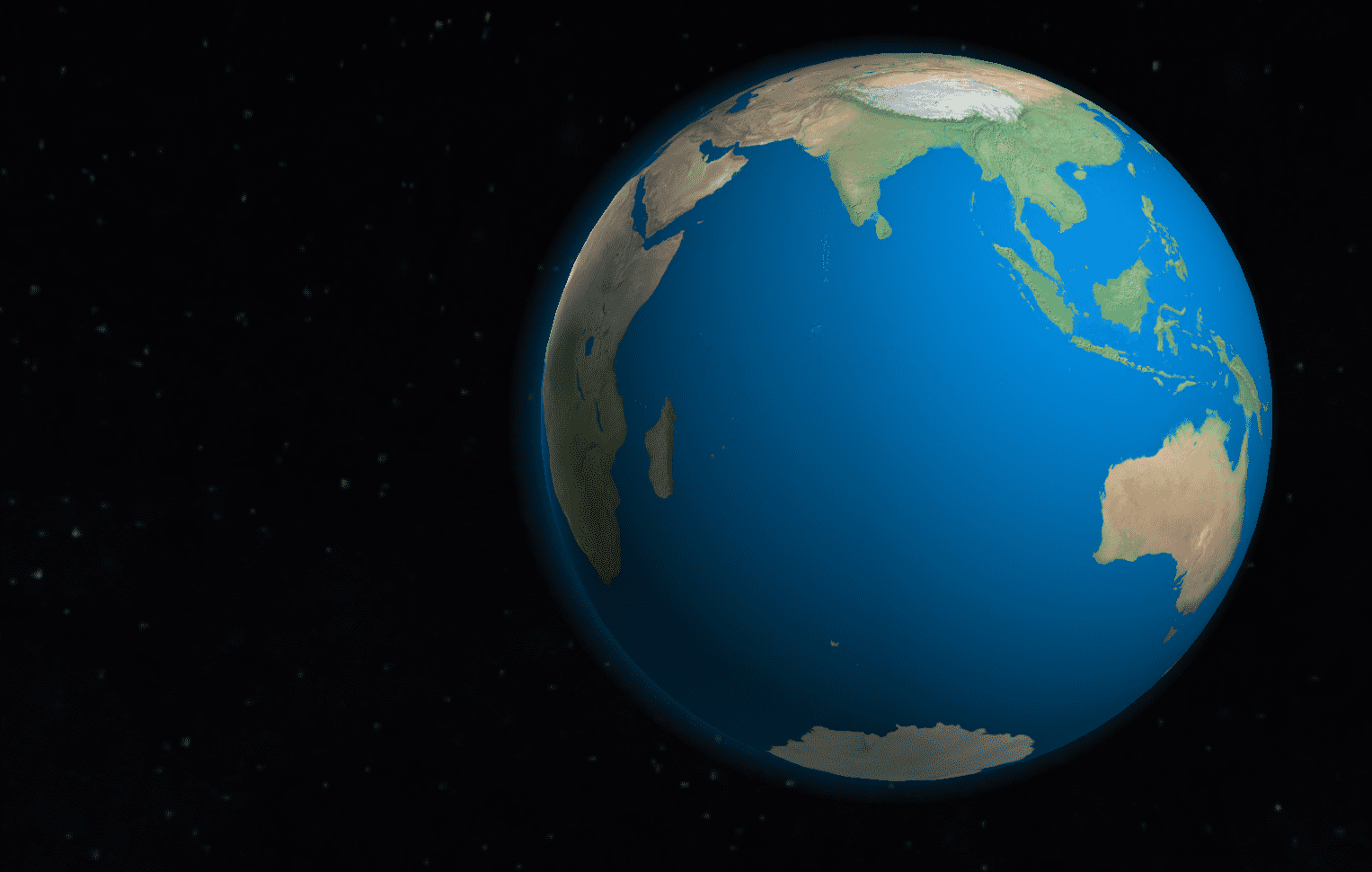 Przemek Pietrak, CC BY 3.0, Wikimedia Commons
Przemek Pietrak, CC BY 3.0, Wikimedia Commons
20. Let's Explore!
95% of the underwater world remains unexplored.
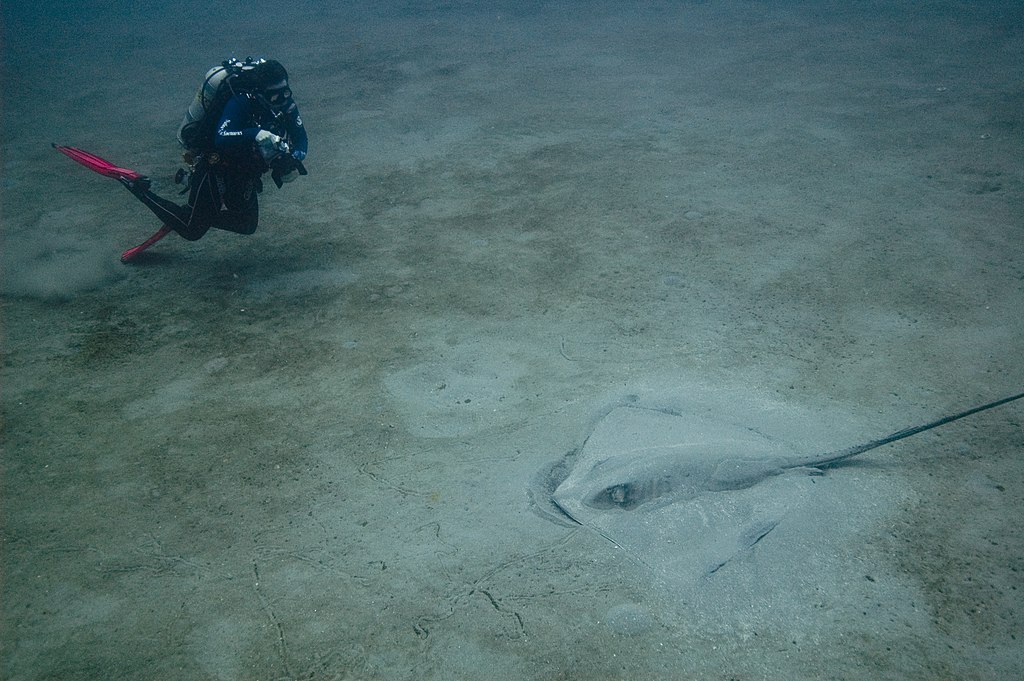 National Marine Sanctuaries, Wikimedia Commons
National Marine Sanctuaries, Wikimedia Commons
21. Oldest Geezers
Jellyfish have been in our oceans for more than 650 million years. This means they out date dinosaurs and sharks. They also seem to be resistant to fishing. In 2009, a Japanese fishing trawler tried to pull in nets of dozens of Nomura's jellyfish. These are massive critters, growing up to 2 meters in diameter and weighing about 450 pounds each. The boat capsized trying to reel them in.
22. Crash and Burn! Or Disappear Completely.
In the Bermuda Triangle, at least 1000 lives have been lost within the last 100 years as a result of ship and airplane crashes. When ships go missing in the triangle, debris often cannot be found because the Gulf Stream quickly gets rid of it.
23. You Thought We Had Big Brains?
The sperm whale’s huge head, which is up to a third of its body length, houses the heaviest brain in the animal kingdom, weighing in at a whopping 9kg. This is still relatively small considering sperm whales weigh 15,000kg.
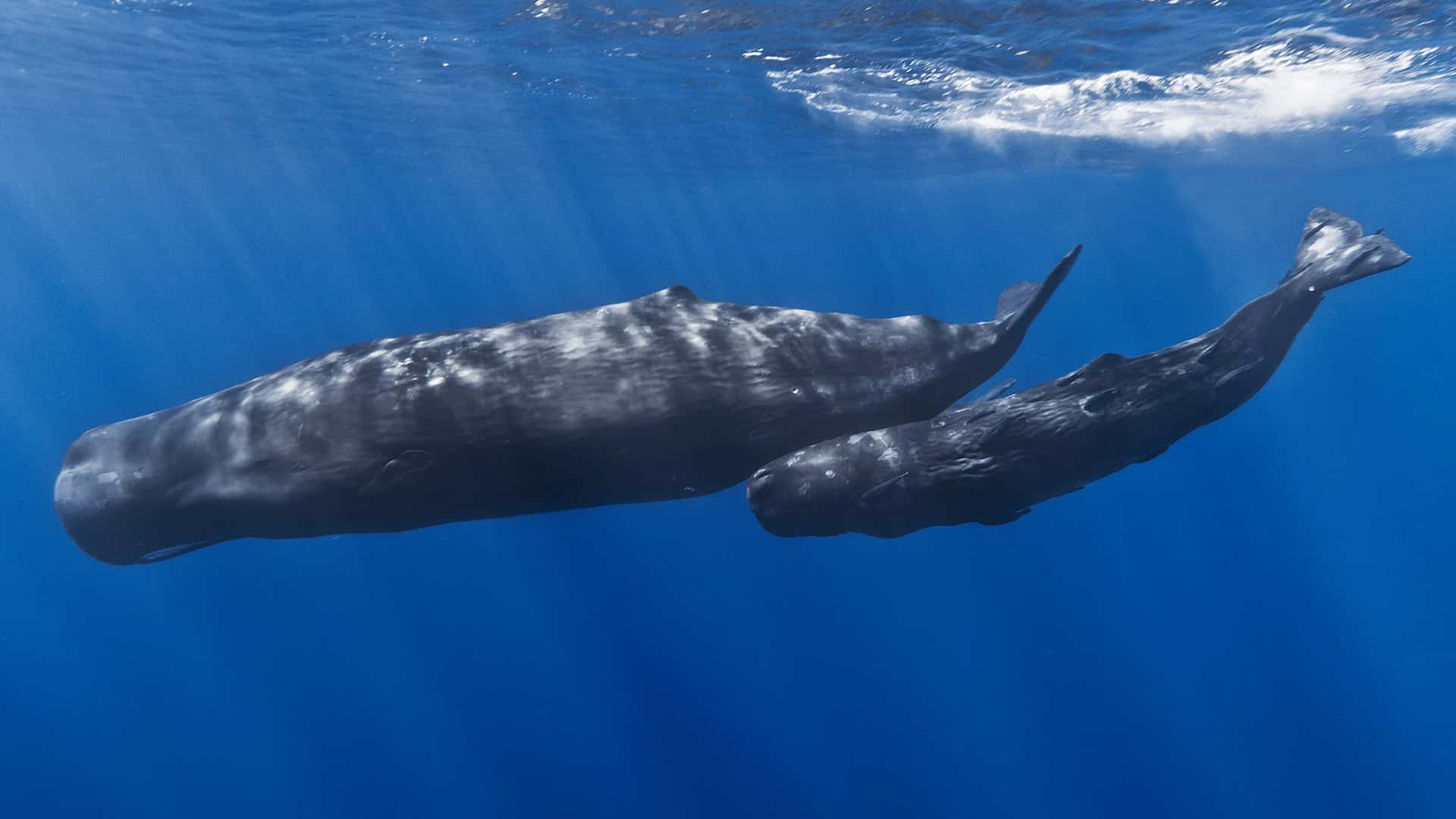 Gabriel Barathieu, Wikimedia Commons
Gabriel Barathieu, Wikimedia Commons
24. Bad Army. Very Bad.
The U.S. Army admitted it secretly dumped 64 million pounds of nerve and mustard gas agents into the ocean from 1944 to 1970, along with 400,000 chemical-filled bombs and more than 500 tons of radioactive waste.
25. Yay! Pee to Your Heart's Content.
It's okay to pee in the ocean since 95% of urine is water and the nitrogen in urea is used to feed ocean plants.
26. Message in a Bottle, Baby
A man called Harold Hackett has put over 4800 messages in bottles into the ocean and has gotten 3000 responses back.
27. Zap!
Electric eels produce enough electricity to power 10 electric bulbs. If you were to encounter a shock from an electric eel, could it kill you? Maybe. Although there are few documented instances of people dying from an electric eel's shock, it's possible. A single jolt could incapacitate a person long enough to cause drowning. Multiple shocks could cause heart failure.
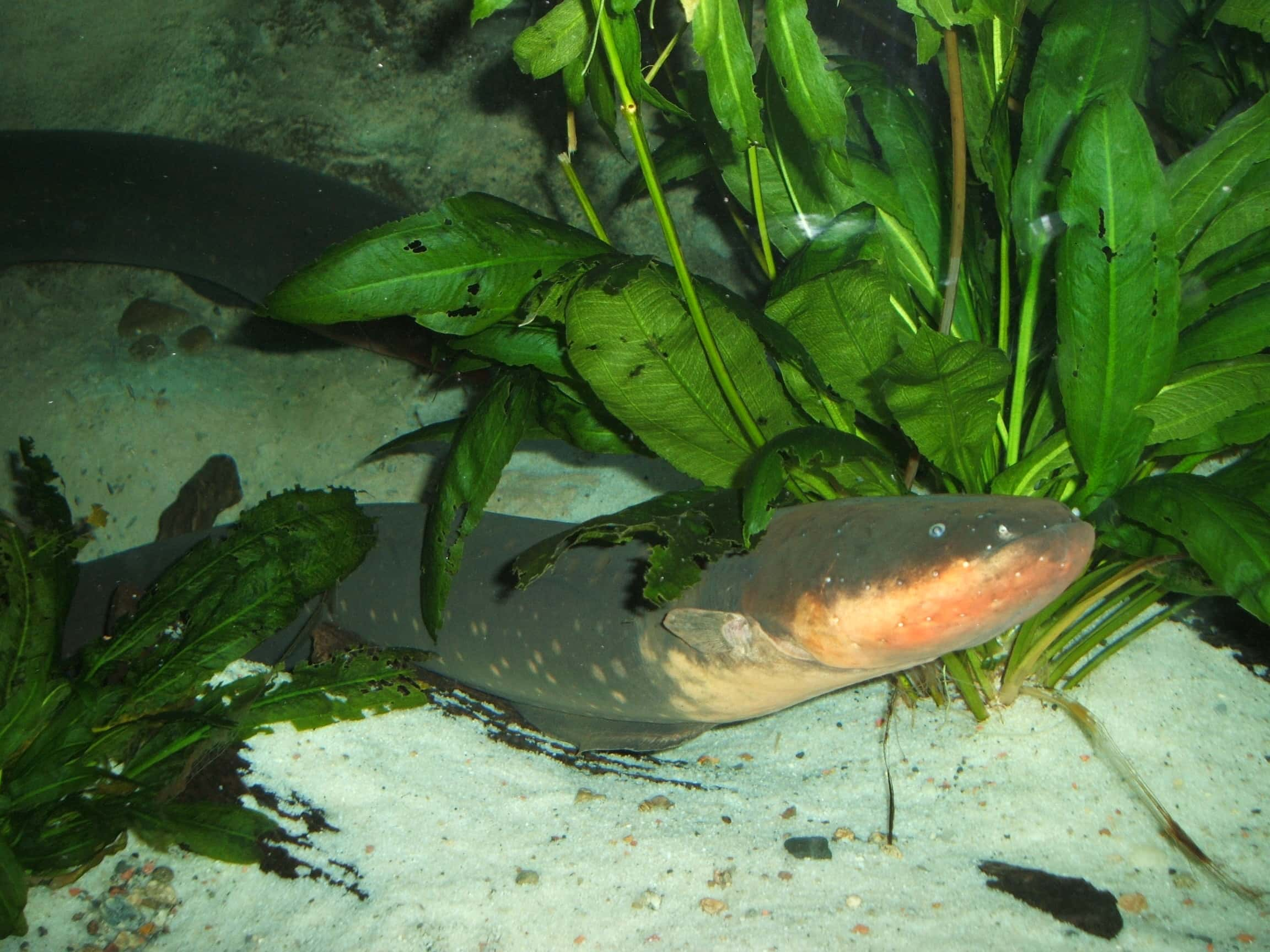 Steven G. Johnson, CC BY-SA 3.0, Wikimedia Commons
Steven G. Johnson, CC BY-SA 3.0, Wikimedia Commons
28. I Assume Some Didn't Make it
Before compasses, Vikings navigated the ocean using birds, whales, celestial bodies, chants and rhymes. I'm thankful we now have compasses. And sonar. And GPS.
29. Bad Humans. Very Bad.
In three decades, the world's oceans will contain more discarded plastic than fish when measured by weight, researchers say.
30. Very very bad.
Harmful algal blooms, caused by an excess of nutrients -- mainly nitrogen from agricultural fertilizers -- have created nearly 150 coastal deoxygenated “dead zones” worldwide, ranging from 1 to 70,000 sq km. This basically means that the fertilizers feed algae, and as the alga population booms, they slurp up all the oxygen. As oxygen levels deplete, other marine life struggles to survive.
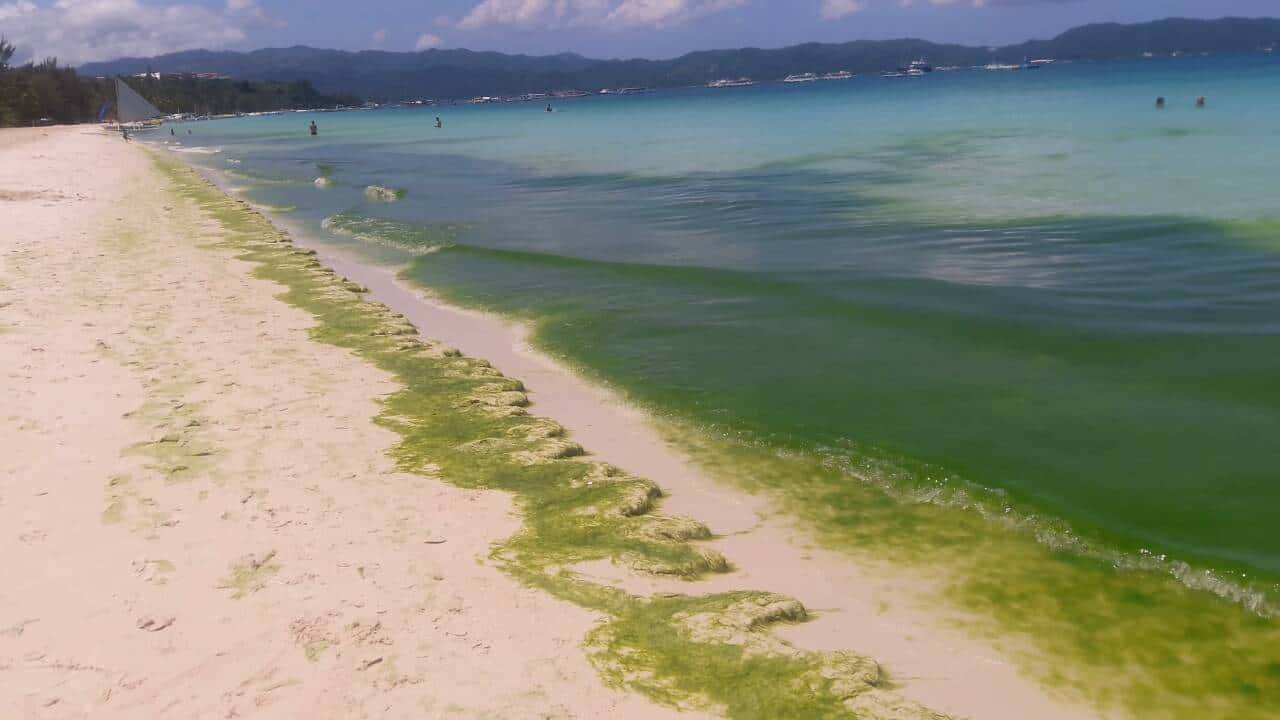 Rom Dulo for the Philippine News Agency, Wikimedia Commons
Rom Dulo for the Philippine News Agency, Wikimedia Commons
31. Bridge Over the Ocean (Kinda)
Europe and Africa are only separated by 14.3 km (8.9 mi) of ocean and there are talks of creating the longest bridge ever to join them.
32. Jellyfish Stroke Beats Front Crawl
Jellyfish are the ocean's most efficient swimmers, consuming 48% less oxygen than any other swimming animal.
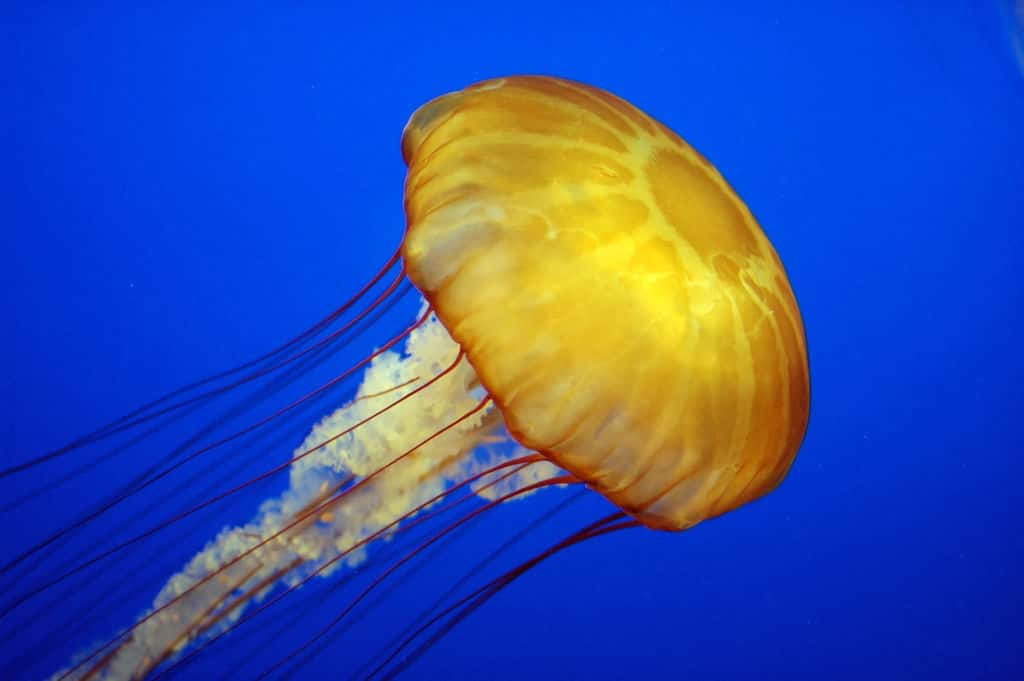 Dan90266, CC BY-SA 2.0, Wikimedia Commons
Dan90266, CC BY-SA 2.0, Wikimedia Commons
33. Arrrr, Matey!
As kids we all read about, or watched movies featuring, ruthless pirates who would desperately hunt for buried gold. For whatever reason,
There's up to US$60 billion in sunken treasure sitting at the bottom of the world's oceans.
34. But How Do We Drink It?
Scientists have discovered that deep beneath the Earth's surface lurks an enormous reservoir of water, 3 times the size of the oceans.
35. Shark Vs. Coconut
Compared to how deadly they actually are, sharks get an unfair amount of fear and criticism More people are killed every year by falling coconuts in Asia alone, than people being killed by sharks around the world.
36. Danger!
The most dangerous creature in the sea is the box jellyfish. These things don't have a venomous bite, rows of sharp teeth, or even an obvious mouth for that matter. But nevertheless, the box jellyfish, also known as the sea wasp, is more responsible for human deaths on the continent of Australia than snakes, sharks, and saltwater crocodiles put together.
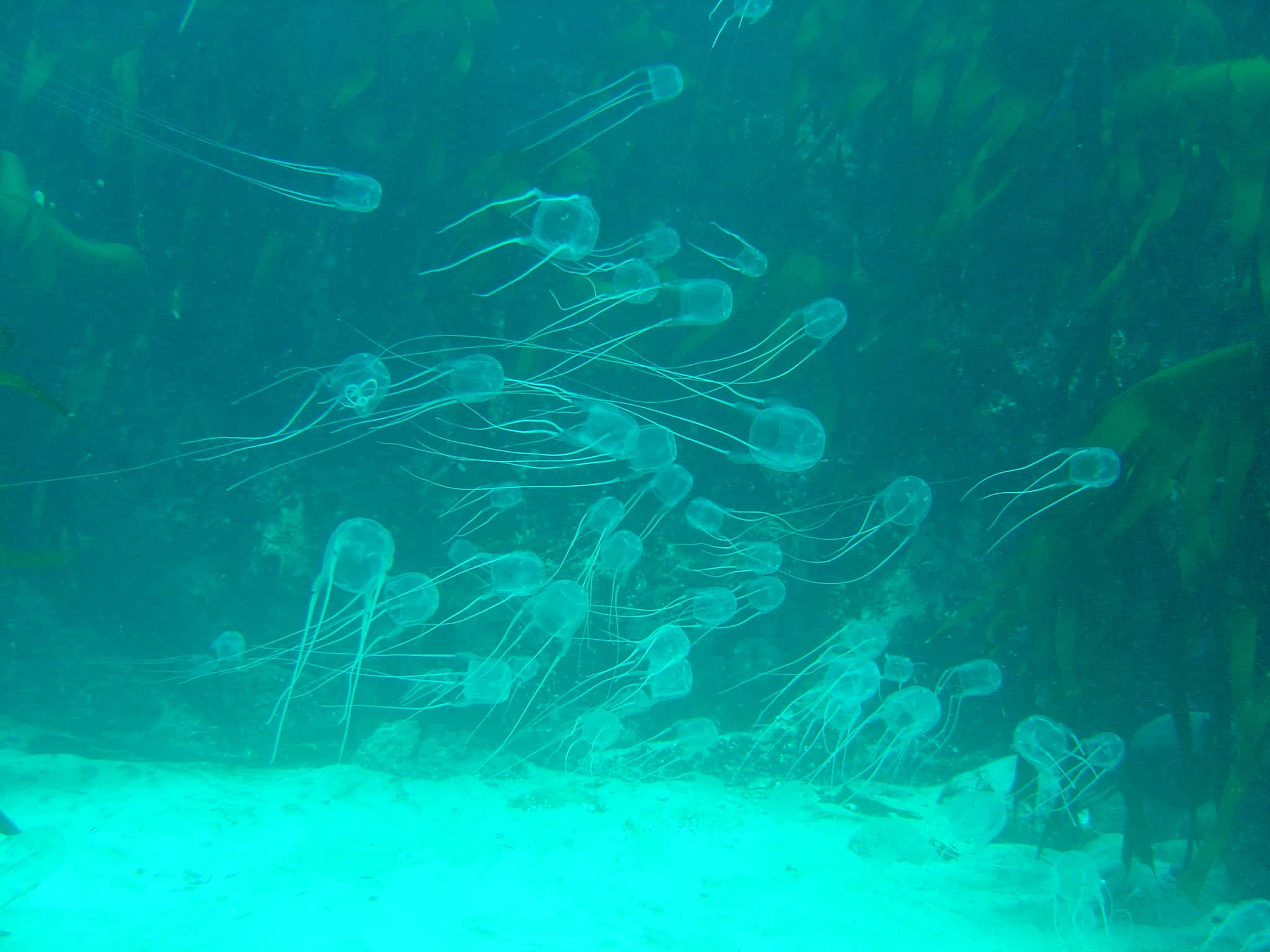 Peter Southwood, CC BY-SA 3.0, Wikimedia Commons
Peter Southwood, CC BY-SA 3.0, Wikimedia Commons
37. Bigger Danger for the Sharks!
As many as 100 million sharks are killed each year for their meat and fins, which are used for shark-fin soup. Hunters typically catch the sharks, defin them while alive and throw them back into the ocean where they either drown or bleed to death.
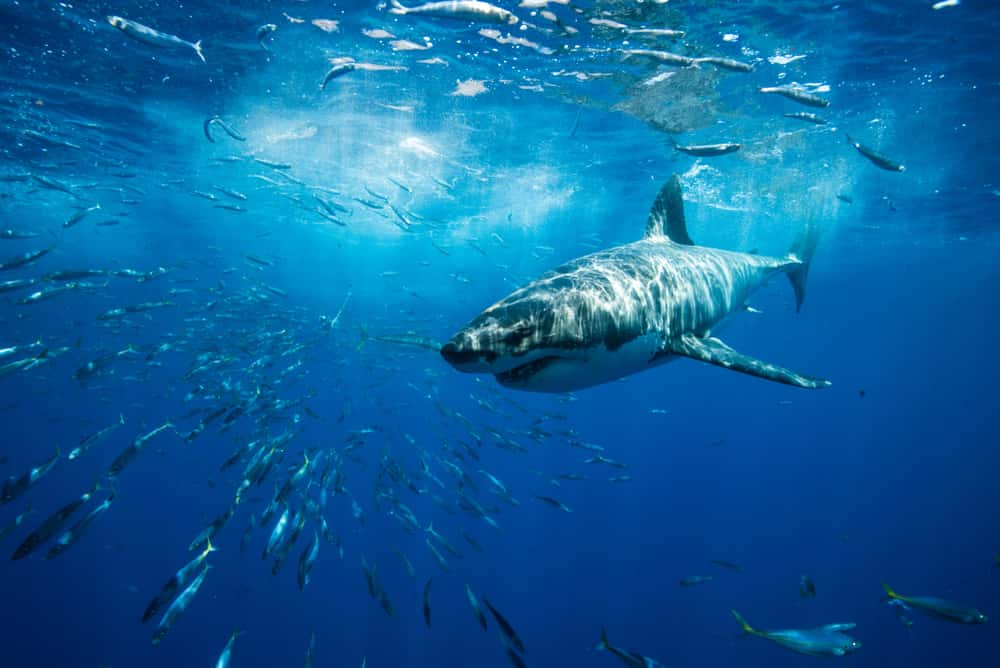 Jennifer Mellon Photos, Shutterstock
Jennifer Mellon Photos, Shutterstock
38. Reefs Are Awesome
Reefs protect human populations along coastlines from wave and storm damage by serving as buffers between oceans and near-shore communities.
 Jim E Maragos, Wikimedia Commons
Jim E Maragos, Wikimedia Commons
39. Not Looking Good For Reefs Either...
Reefs are being destroyed by destructive fishing practices. These include cyanide fishing, blast or dynamite fishing, bottom trawling, and muro-ami (banging on the reef with sticks)
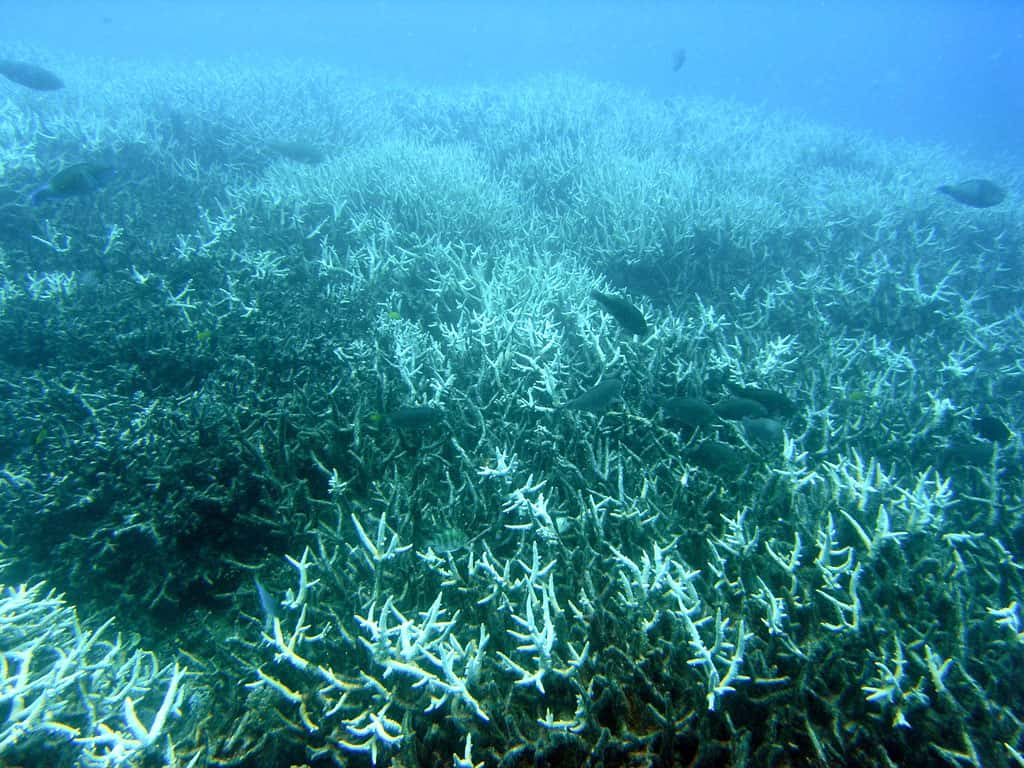 Acropora, CC BY-SA 3.0, Wikimedia Commons
Acropora, CC BY-SA 3.0, Wikimedia Commons
40. Really Awesome
Despite all the havoc being wrecked upon it by human carelessness, the Great Barrier Reef (measuring 2,000 km in length) is still the largest living structure on Earth. It can be seen from the Moon.
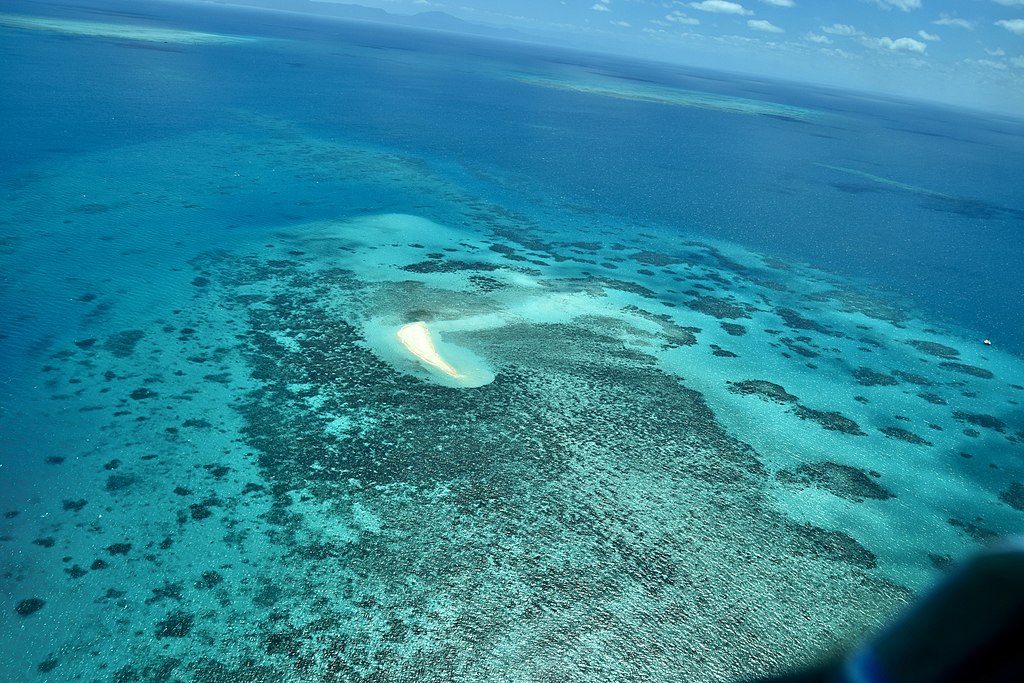 Ank Kumar, CC BY-SA 4.0, Wikimedia Commons
Ank Kumar, CC BY-SA 4.0, Wikimedia Commons
41.The Real Bottom Line
The bottom line is that we're hurting our oceans. 40% of the world oceans are heavily affected by human activities, including pollution, depleted fisheries, and loss of coastal habitats.
Sources: 1, 2, 3, 4, 5, 6, 7, 8, 9, 10, 11
I hope you enjoyed reading! Please share this with your friends to spread this all-important message: We need to protect our wonderful oceans, or our kids may just know them as giant, watery graveyards.

